Introduction
AMD released two new graphics cards on November 18, the new Radeon RX 6800 XT that you can find my review on here, as well as the slightly cut down Radeon RX 6800.
VIEW GALLERY - 65 IMAGES
AMD has decided to bless all of the new Big Navi graphics cards with a large 16GB framebuffer, with the new Radeon RX 6800 packing the same 16GB GDDR6 memory that the higher-end Radeon RX 6800 XT, and even flagship Radeon RX 6900 XT that drops on December 8.
The new RDNA 2 architecture delivers features and improvements across the board from the original RDNA architecture, and while the GeForce RTX 3080 and GeForce RTX 3090 will beat the new Radeon RX 6800 and Radeon RX 6800 XT in some things, the new RDNA 2-powered cards hold their ground in all resolutions.
Pricing
- Radeon RX 6800 XT (16GB) price: $649
- Radeon RX 6800 (16GB) price: $579
Detailed Specs
AMD's new RDNA 2-based Radeon RX 6800 has the same Navi 21 GPU as the higher-end XT model for the most part, with the same 26.8 billion transistors on a 519mm2 die -- but it has less Compute Units (60 vs 72), less Ray Accelerators (60 vs 72) and less stream processors (3840 vs 4608).
There's also adjustments across the GPU in terms of Game and Boost CPU clocks, with the Game GPU clock at up to 1815MHz on the Radeon RX 6800 (versus 2105MHz on the RX 6800 XT) and boost GPU clocks of up to 2105MHz (versus 2250MHz on the RX 6800 XT).
We have less compute performance (TFLOPs) and less ROPs, with a lower peak pixel fill-rate, too.
But then there's the same 16GB of GDDR6 memory with a 256-bit memory bus, 512GB/sec and on AMD's new Infinity Cache.

Everything You Need to Know About RDNA 2
AMD's new RDNA 2 architecture has more changes than any previous-gen GPU architecture I can remember from AMD (and even ATi) in the last 10+ years.
There's a lot to go over here, but we're looking at an enhanced compute unit, new visual pipeline featuring Ray Accelerators, and the all-new (and very exciting) Infinity Cache (which I'll go into on the next page. We're looking at a huge 1.54x higher performance-per-watt and 1.3x higher frequency at the same per-CU power -- impressive stuff, AMD.
Ray Accelerators
One of the largest new introductions in the new RDNA 2 architecture is the high-performance ray tracing acceleration architecture known as the Ray Accelerator. AMD doesn't have NVIDIA-beating ray tracing performance, but it's here in RDNA 2.
Each Ray Accelerator is capable of calculating up to 4 ray / box intersections, and 1 ray / triangle intersection every clock. This means the RDNA 2-based Ray Accelerators can efficiently calculate the intersections of the rays with the scene geometry as represented in a Bounding Volume Hierarchy, sorts them, and returns the information to the shaders for further scene traversal or result shading.
HDMI 2.1
This is another big deal -- HDMI 2.1 connectivity.
HDMI 2.1 ushers in the worlds of 4K 120Hz and 8K 60Hz through a single HDMI 2.1 cable to your flashy new TV or gaming monitor. Personally I own a new CX series LG OLED TV with HDMI 2.1 that drives its 4K 120Hz, so plugging my gaming PC into my TV can only be done a single way if I want 4K 120Hz -- which I kinda do.
The introduction of HDMI 2.1 on graphics cards began with NVIDIA's new GeForce RTX 30 series, and continues with AMD's new Radeon RX 6000 series graphics cards. All 3 of the new Radeon RX 6000 series cards -- the Radeon RX 6900 XT (coming soon), the Radeon RX 6800 XT (review here) and Radeon RX 6800 (this review) all have HDMI 2.1 output.
Board Design
Another great thing AMD did with the Radeon RX 6800 XT and Radeon RX 6800 graphics cards is the board design, with the company making all 3 of the cards at a standard ~10.5 inches or so. The card is also max 2.5-slot for reference boards, which means it'll slot into virtually any PC that is capable of taking a regular-sized card.
What Is Infinity Cache?
Now this is where things get really interesting -- Infinity Cache, which provides some kick ass memory bandwidth even with it smaller 256-bit memory bus and slower GDDR6 memory.
NVIDIA might have a superior 320-bit memory bus, faster GDDR6X -- but it has less VRAM (10GB versus 16GB) and the Radeon RX 6800 XT still kicks ass against the GeForce RTX 3080 in all resolutions and situations. But in the right situation -- like when paired with a Zen 3 processor, like I've done preliminary with the Ryzen 9 5900X -- you can get in excess of 10% more performance when you add SAM (Smart Access Memory) into the equation.
If you've got the right hardware -- a new RDNA 2-based Radeon RX 6800 XT for example, with a Zen 3-based Ryzen 5000 series -- like the Ryzen 9 5900X that I got in the days leading into the review. I will have some numbers on those tomorrow, but I needed to get these reviews out first.
The SAM results are as good as you see in these charts, and in some cases better -- it's an impressive thing to see, and I truly can't wait to see more from Smart Access Memory technology.
Detailed Look
I did a full unboxing article right here, but here's the card out of the box and everything you need to see:
The retail packaging for the Radeon RX 6800 reference graphics card.
AMD's new Radeon RX 6800 doesn't look too much different from the front, with the same mean-looking triple-fan cooler keeping that Big Navi GPU cool.
Once again from the back, where you wouldn't be able to tell the difference between the cards.
We also have the same display connectivity: 2 x DP 1.4, 1 x HDMI 2.1 and a single USB-C connector.
Test System Specs
Latest upgrade:
Sabrent sent over their huge Rocket Q 8TB NVMe PCIe M.2 2280 SSD, which will be my new Games install SSD inside of my main test bed.
I've got a new upgrade inside of my GPU test bed before my change to a next-gen test bed, where I will be preparing for NVIDIA's next-gen Ampere graphics cards and AMD's next-gen RDNA 2 graphics cards.
Sabrent helped out with some new storage for my GPU test beds, sending over a slew of crazy-fast Rocket NVMe PCIe M.2 2280 SSDs. I've got this installed into my GPU test bed as the new Games Storage drive, since games are so damn big now. Thanks to Sabrent, I've got 2TB of super-fast M.2 PCIe 3.0 x4 SSD storage now.
Anthony's GPU Test System Specifications
I've recently upgraded my GPU test bed -- at least for now, until AMD's new Ryzen 9 5950X processor is unleashed then the final update for 2020 will happen and we'll be all good for RDNA 2 and future Ampere GPU releases. You can read my article here: TweakTown GPU Test Bed Upgrade for 2021, But Then Zen 3 Was Announced.
Benchmarks - Synthetic
3DMark Fire Strike
3DMark has been a staple benchmark for years now, all the way back to when The Matrix was released and Futuremark had bullet time inspired benchmarks. 3DMark is the perfect tool to see if your system - most important, your CPU and GPU - is performing as it should. You can search results for your GPU, to see if it falls in line with other systems based on similar hardware.
3DMark TimeSpy
Heaven
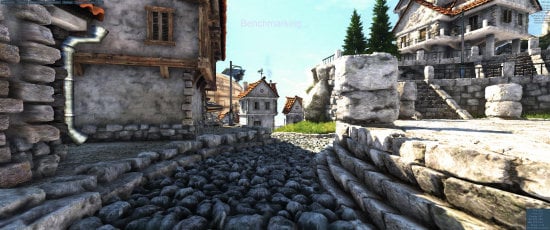
Heaven is an intensive GPU benchmark that really pushes your silicon to its limits. It's another favorite of ours as it has some great scaling for multi-GPU testing, and it's great for getting your GPU to 100% for power and noise testing.
Benchmarks - 1080p
Middle-earth: Shadow of War is a sequel to the popular Shadow of Mordor, which was powered by the Lithtech engine. When cranked up to maximum detail, it will chew through your GPU and its VRAM like it's nothing.
You can buy Middle-earth: Shadow of War at Amazon.
Metro Exodus is one of the hardest tests that our graphics cards have to go through, with 4A Games' latest creation being one of the best looking games on the market. It is a serious test that pushes GPUs to their limits, and also features RTX technologies like DLSS.
Shadow of the Tomb Raider is one of the latest games to join our graphics card benchmark lineup, with the game built using the Foundation engine as a base, the same engine in Rise of the Tomb Raider. Eidos Montreal R&D department made lots of changes to the engine during the development of Shadow of the Tomb Raider to make it one of the best-looking games out right now.
1080p Benchmark Performance Thoughts
Shadow of War on the Radeon RX 6800 is hitting 158FPS average, just 1FPS behind the Radeon RX 6800 XT -- and beating the RTX 3080, RTX 3070, TITAN RTX, and everything else. Not bad for $579, eh?
In Metro Exodus the performance drops a bit, down to 76FPS versus 88FPS on the RX 6800 XT -- but still it equals the RTX 2080 Ti with 76FPS. Damn good results here in a game like Metro Exodus, meanwhile Shadow of the Tomb Raider cranks along with 230FPS average -- 23FPS behind the RX 6800 XT, but 32FPS ahead of the 198FPS on the RTX 2080 Ti.
A huge leap in performance over the Radeon RX 5700 XT in all games at 1080p by a long shot, too.
Benchmarks - 1440p
Middle-earth: Shadow of War is a sequel to the popular Shadow of Mordor, which was powered by the Lithtech engine. When cranked up to maximum detail, it will chew through your GPU and its VRAM like it's nothing.
You can buy Middle-earth: Shadow of War at Amazon.
Metro Exodus is one of the hardest tests that our graphics cards have to go through, with 4A Games' latest creation being one of the best looking games on the market. It is a serious test that pushes GPUs to their limits, and also features RTX technologies like DLSS.
Shadow of the Tomb Raider is one of the latest games to join our graphics card benchmark lineup, with the game built using the Foundation engine as a base, the same engine in Rise of the Tomb Raider. Eidos Montreal R&D department made lots of changes to the engine during the development of Shadow of the Tomb Raider to make it one of the best-looking games out right now.
1440p Benchmark Performance Thoughts
The winning continues for the Radeon RX 6800 even at 2560 x 1440, with 131FPS average meaning we have superior performance to the RTX 3070 and RTX 2080 Ti in Shadow of War.
Up next we have the Radeon RX 6800 beating the RTX 2080 Ti and RTX 3070 in a tough game like Metro Exodus at 1440p, with 65FPS average -- while Shadow of the Tomb Raider cranks along at 167FPS average, just 4FPS shy of the RTX 3080 and punching 30FPS+ above the RTX 2080 Ti and RTX 3070.
Great results all-round from the Radeon RX 6800 at 1440p.
Benchmarks - 4K
Middle-earth: Shadow of War is a sequel to the popular Shadow of Mordor, which was powered by the Lithtech engine. When cranked up to maximum detail, it will chew through your GPU and its VRAM like it's nothing.
You can buy Middle-earth: Shadow of War at Amazon.
Metro Exodus is one of the hardest tests that our graphics cards have to go through, with 4A Games' latest creation being one of the best looking games on the market. It is a serious test that pushes GPUs to their limits, and also features RTX technologies like DLSS.
Shadow of the Tomb Raider is one of the latest games to join our graphics card benchmark lineup, with the game built using the Foundation engine as a base, the same engine in Rise of the Tomb Raider. Eidos Montreal R&D department made lots of changes to the engine during the development of Shadow of the Tomb Raider to make it one of the best-looking games out right now.
4K Benchmark Performance Thoughts
The Radeon RX 6800 falls behind a little at 4K in Shadow of War, but not by too much -- it still beats the RTX 2080 Ti and RTX 3070 at 4K without breaking a sweat with 86FPS average.
There's a sharper drop in Metro Exodus at 4K on the Radeon RX 6800, 44FPS average versus 51FPS on the RX 6800 XT -- but it equals (and beats) the RTX 2080 Ti and RTX 3070 graphics cards. Shadow of the Tomb Raider on the other hand screams along where it's just 1FPS behind the RTX 3080, with the RX 6800 hitting 96FPS average.
That kicks the ass of the RTX 2080 Ti with 75FPS (21FPS faster on the RX 6800) and exactly 100% faster than the 48FPS on the RX 5700 XT. Even the slowest Big Navi card kicks ass at 4K.
Overclocking
I will be doing a separate overclocking article on the Radeon RX 6800, as I will be doing with the Radeon RX 6800 XT -- but I was able to crank my sample up to +108 frequency for a GPU boost somewhere in the 2375MHz range or so. It was rock solid at this OC but I need to play around some more post-review.
Power Consumption & Temps
AMD has a power-sipping card on its hands with the new Radeon RX 6800, offering performance that easily thrashes the Radeon RX 5700 XT and equals or betters the GeForce RTX 2080 Ti -- all with a total system power consumption of 340W. This is 55W more than the RX 5700 XT and 55W less than the RX 6800 XT.
Both of the new Big Navi cards run at virtually the same temperature under load, with the Radeon RX 6800 running at around 71C out of the box while the RX 6800 XT runs at 72C.
What's Hot, What's Not
What's Hot
- RTX 2080 Ti levels of performance, or better: This is impressive from AMD, delivering a huge improvement in performance that catapults the Radeon RX 6800 to the same-if-not-better GeForce RTX 2080 Ti and bites down on the heels of the GeForce RTX 3070.
- Commanding 4K performance: AMD is swinging pretty high at 4K, beating out the GeForce RTX 2080 Ti significantly in games like Shadow of the Tomb Raider on the cheapest Big Navi. Impressive stuff, a card that costs half as much as the RTX 2080 Ti did at launch.
- 1080p and 1440p high FPS gamers: If you've got a high refresh rate 120/144/165Hz capable 1080p or 1440p (or even 3440 x 1440 UltraWide) then you'll be set with the Radeon RX 6800. Mix it with a great FreeSync capable gaming monitor and you're good to go.
- Great performance for the third-best Big Navi: There's a drop off of performance between the Radeon RX 6800 and RX 6800 XT, but you've got some OC headroom to play around with to claw back some of that performance. Even at stock, you're looking at GeForce RTX 2080 Ti levels of performance.
- $579 price point with 16GB RAM: NVIDIA is charging $699 for the GeForce RTX 3080 Founders Edition and only giving you 10GB of VRAM. That might not matter to many people, but it does to some who just want the 16GB.
- Great reference design: I've been a big fan of some of the reference design Radeon cards over the years, in particular the Radeon VII and Radeon RX Vega Frontier Edition AMD has really delivered on the style and design of the Radeon RX 6000 series cards -- they look mean, and are mean graphics cards.
- Overclocking fun: I was hitting close to 2500MHz -- and even sometimes over it, on my Radeon RX 6800 XT sample. I've had so much fun with overclocking that I really want to cover it in its own article because there's lots of overclocking potential with these cards -- unlike NVIDIA's new GeForce RTX 3090 and RTX 3080.
- Feels like ATi Radeon 9700 days: I am a very old school PC enthusiast, and the only time I've felt like this about a Radeon was back in the Radeon 9700 days -- back when they were ATi. AMD has had some interesting GPU architectures and cards over the post-ATi years, but nothing like RDNA 2.
- HDMI 2.1: HDMI 2.1 on a new card is a necessity in 2020 and more so going into 2021 onward, with all new high-end TVs rocking HDMI 2.1 and then we'll see more and more gaming monitors released in 2021 with HDMI 2.1 connectivity.
What's Not
There's not much to not like here with the Radeon RX 6800, unless you are buying purely for ray tracing -- then the NVIDIA GeForce RTX 30 series cards will kick its ass. But, if you just want pure gaming performance (my focus on the card) then AMD has done a great job with the Radeon RX 6800.
Final Thoughts
AMD has found itself in a position that I wouldn't have imagined 5 years ago, after so many launches where we're left wondering 'is that it...' after all that hype. But it's not like that with Big Navi, and even the cheaper Radeon RX 6800 is a great card for the money.
I think the Radeon RX 6800 XT is a fantastic graphics card when looked at with pure rasterization performance, and so too for the Radeon RX 6800. We are here in the tail end of 2020 with AMD's third-best Big Navi keeping up with and beating the GeForce RTX 2080 Ti... NVIDIA's previous-gen flagship.
We have some impressive power numbers, impressive thermal numbers, 16GB of RAM, HDMI 2.1 connectivity, Infinity Cache, kick ass performance at all resolutions -- including 3440 x 1440, where I think the Radeon RX 6800 has an awesome and snuggly home. There are heaps of great 34-inch 21:9 ultrawide gaming monitors at 3440 x 1440 and 120/144/165Hz that would gel beautifully with the Radeon RX 6800.
AMD has come out swinging with Big Navi and for good reason -- there's a lot to be excited here, and the reference design looks slick as hell. You're getting a GeForce RTX 3070 competitor here, if you want to build a Team Red gaming PC and don't want to spend the extra $120+ on the Radeon RX 6800 XT then the Radeon RX 6800 is a great choice -- if you can find them.
The Link LonkNovember 20, 2020 at 08:10PM
https://ift.tt/2UH8Rte
AMD Radeon RX 6800 Review: Big Navi Throws Big Punches for $579 - TweakTown
https://ift.tt/2ZDueh5
AMD
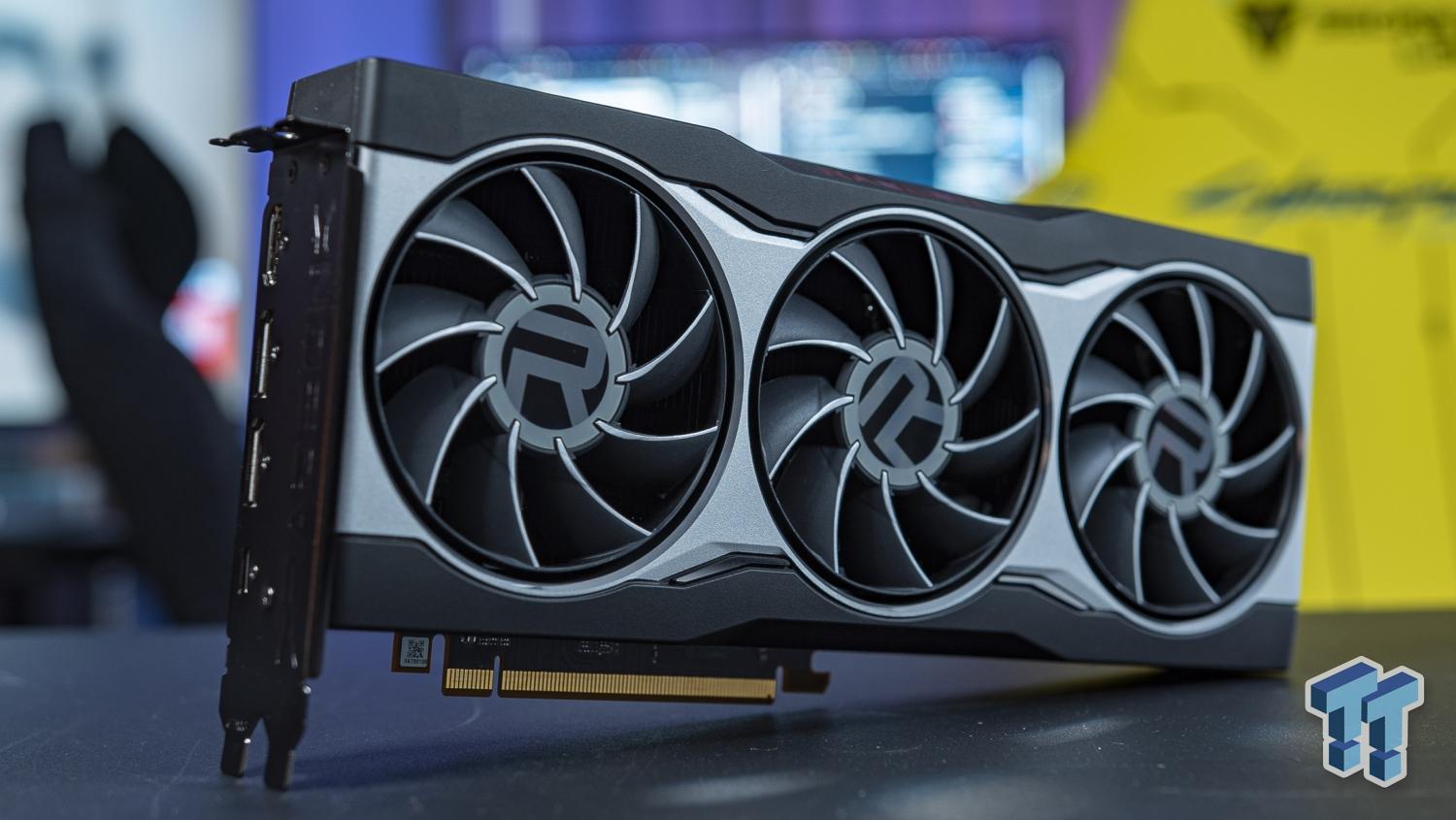
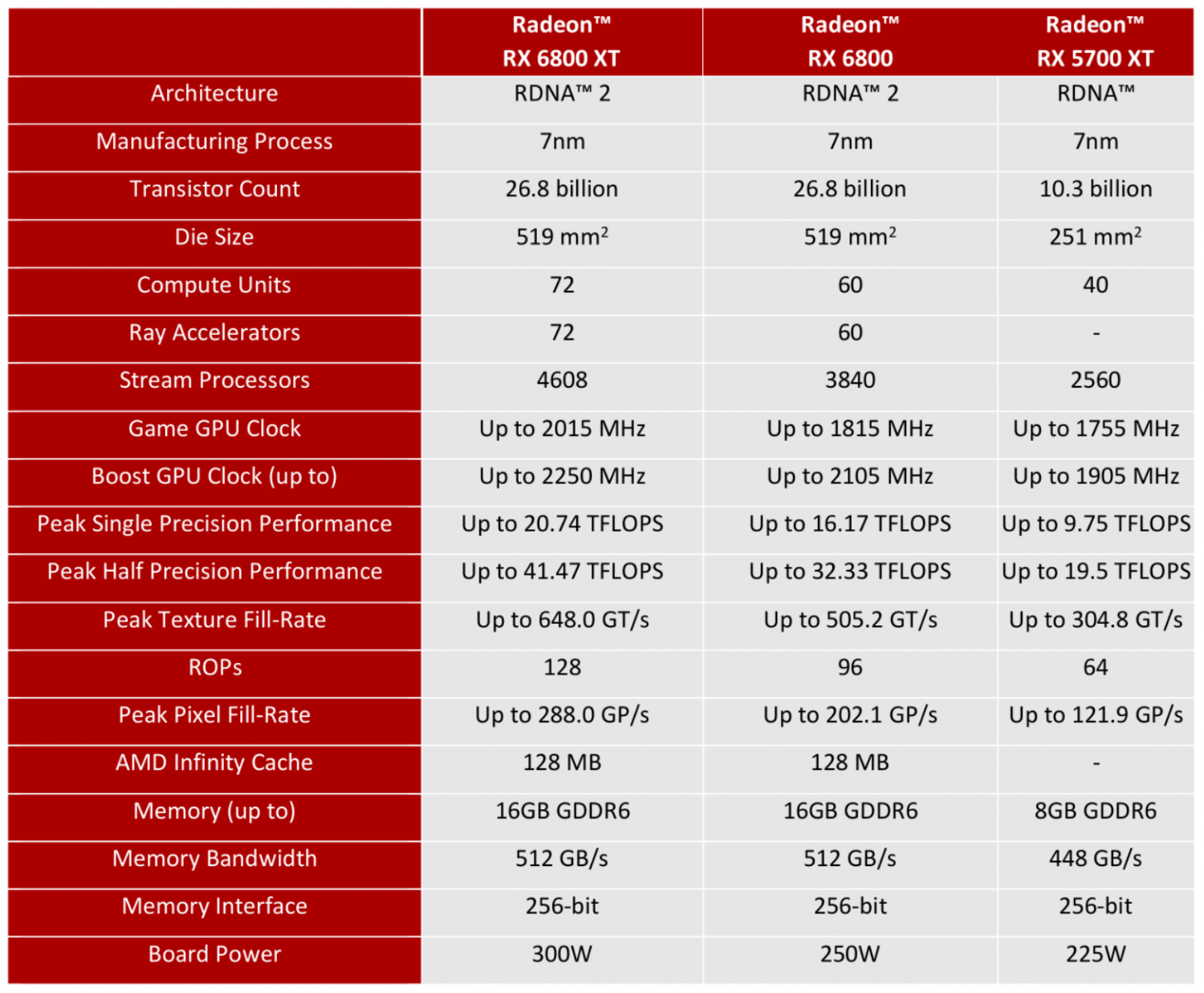
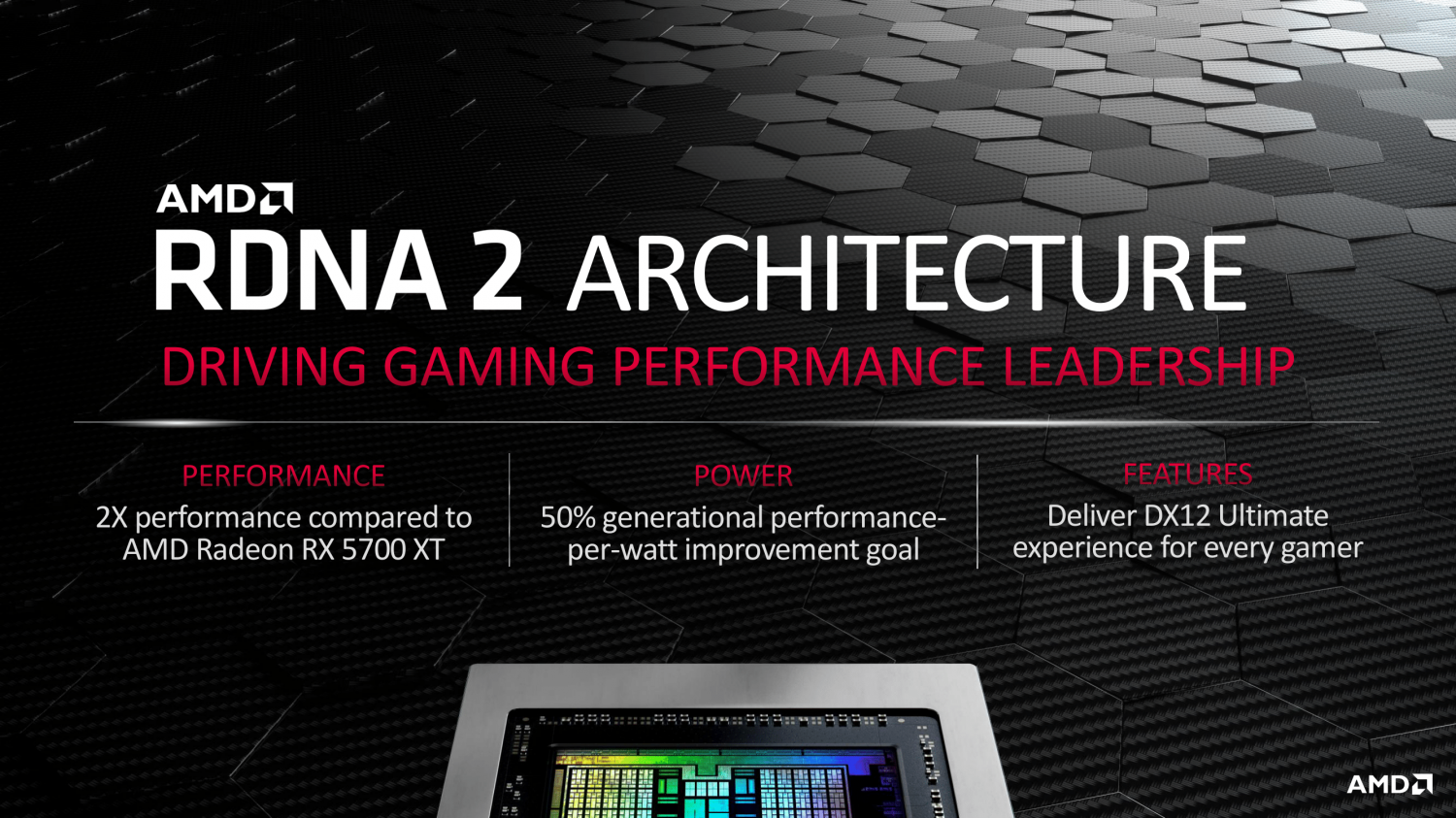
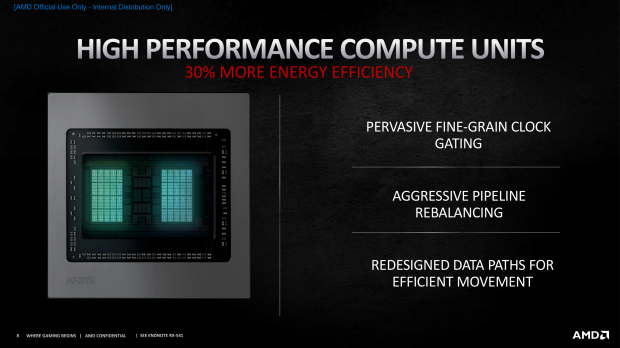
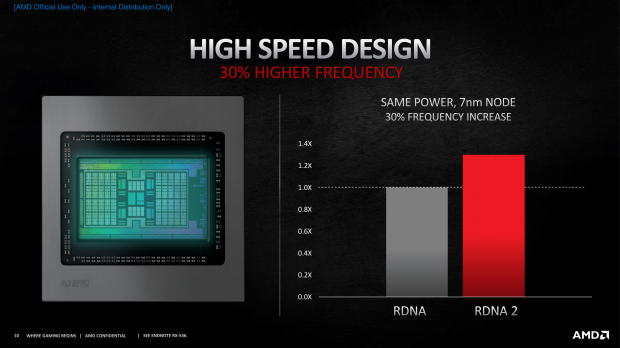
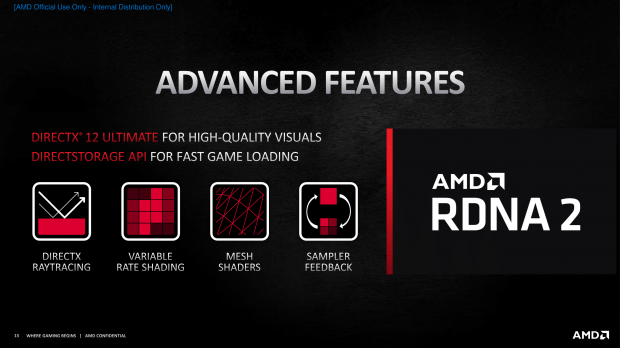
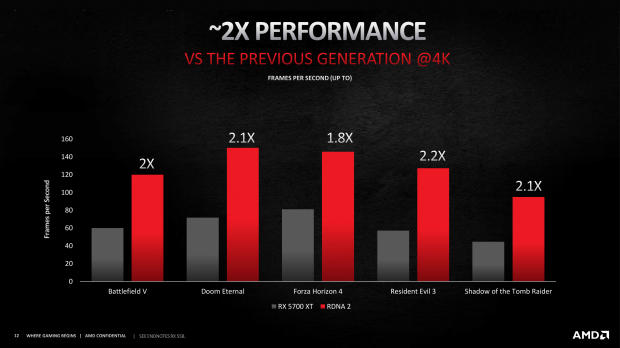

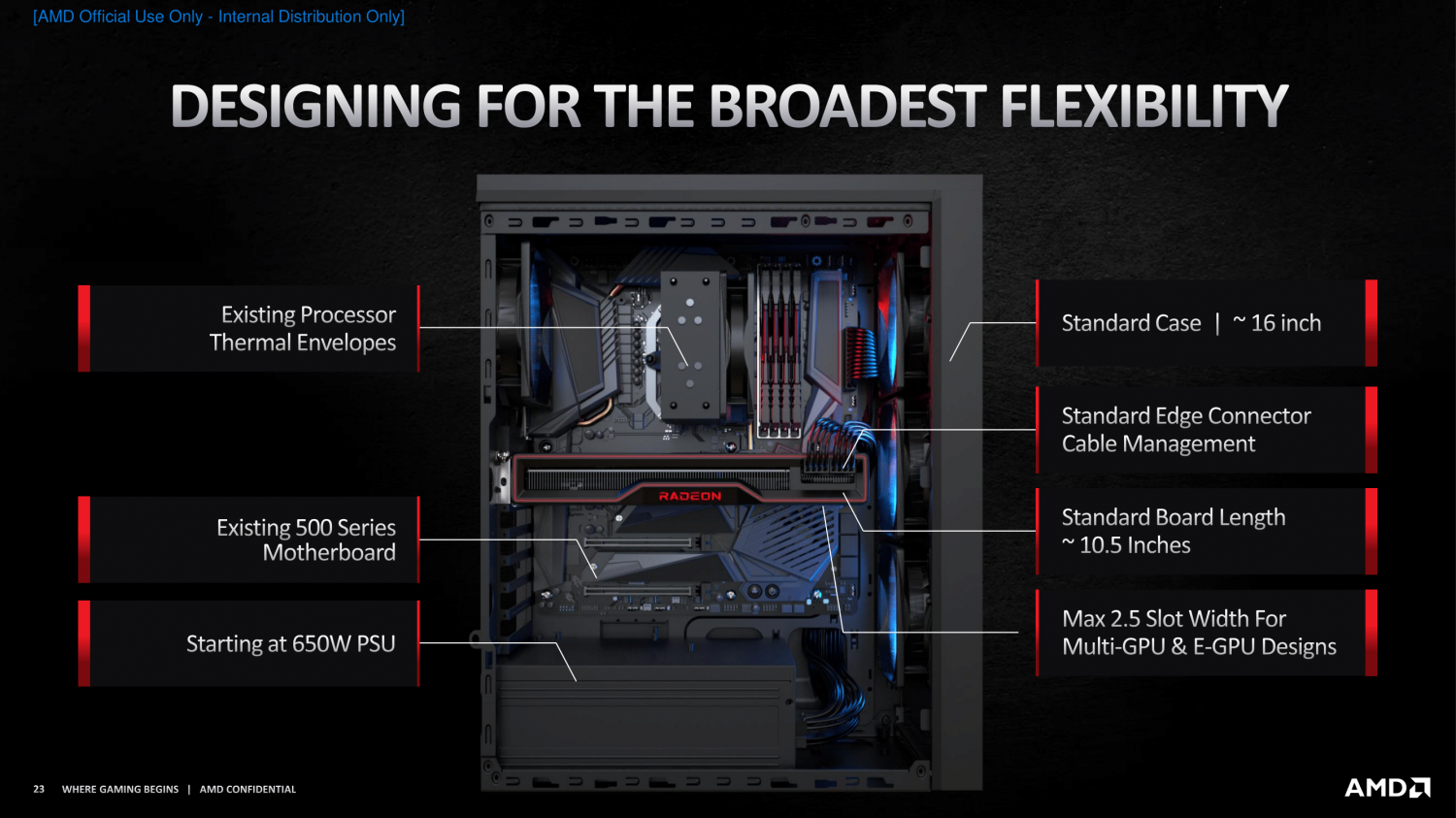
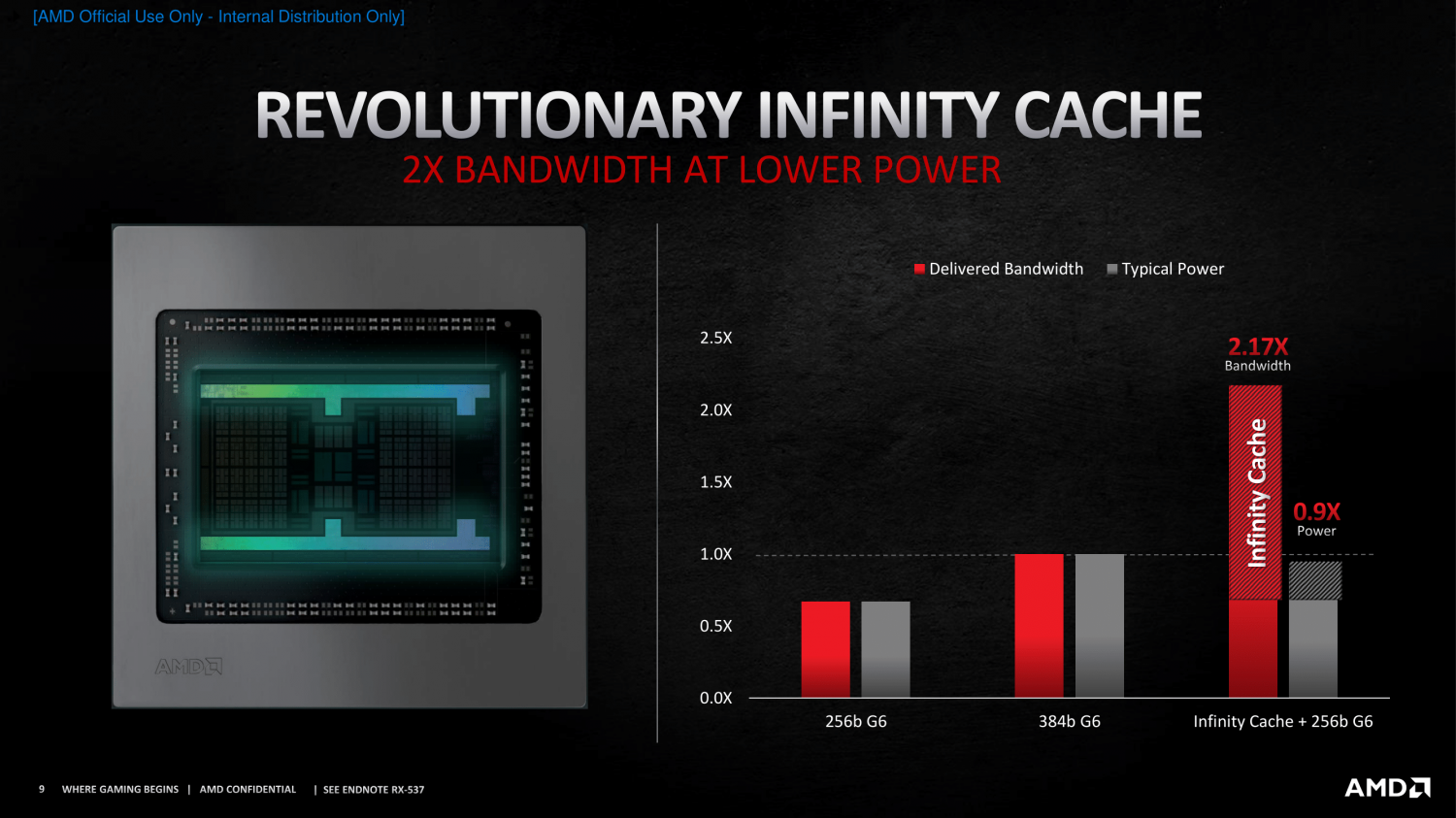
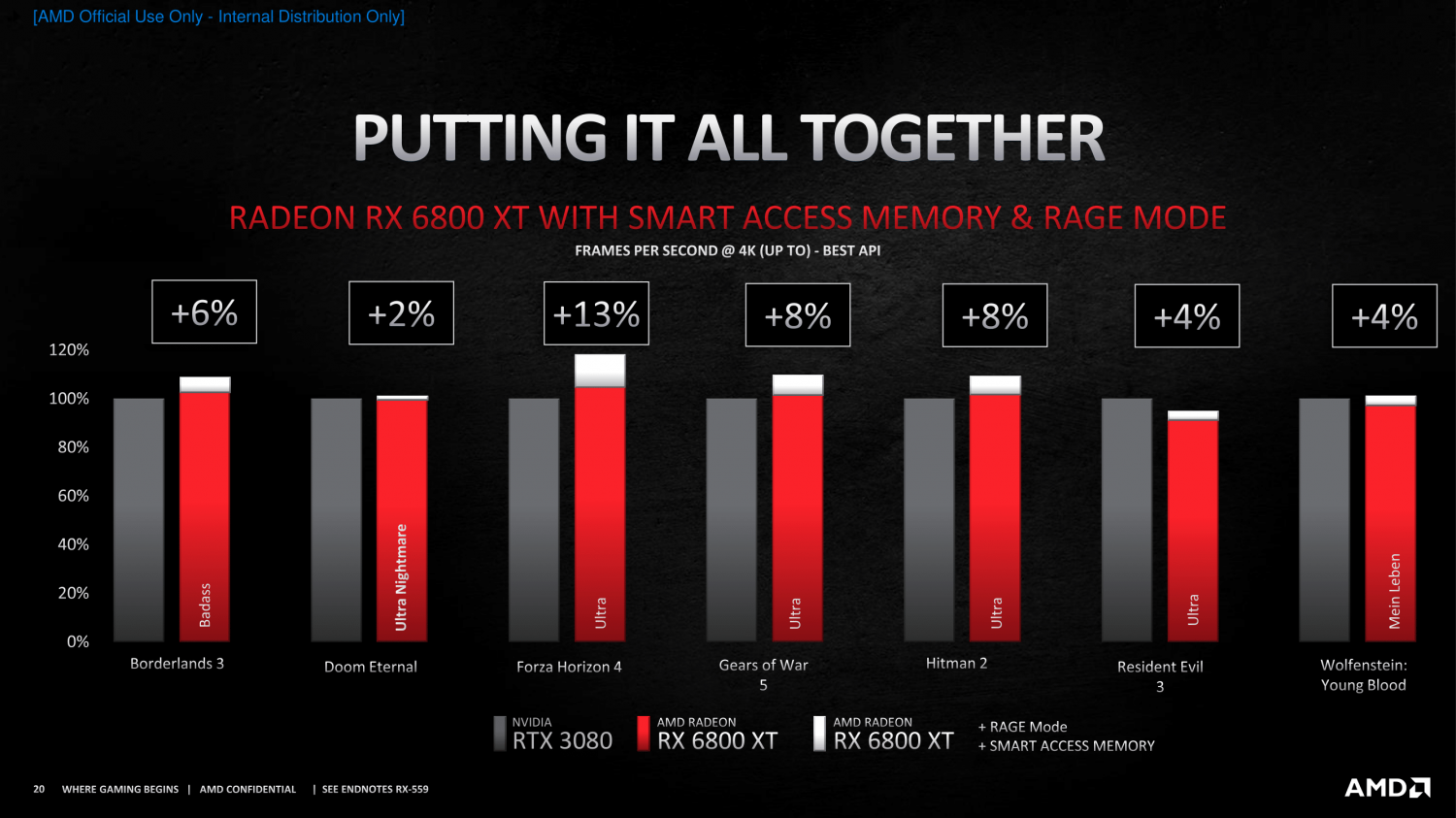
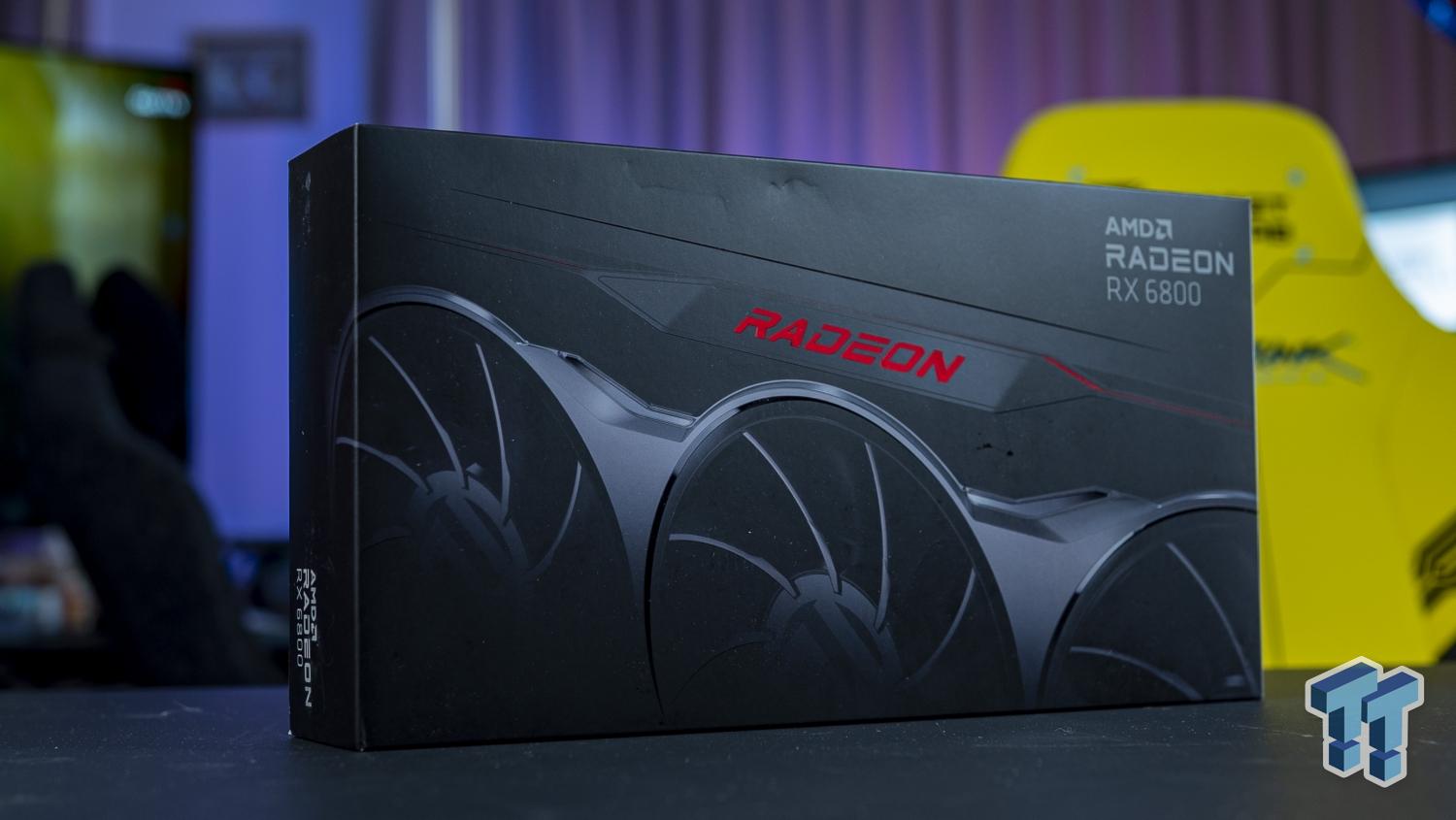
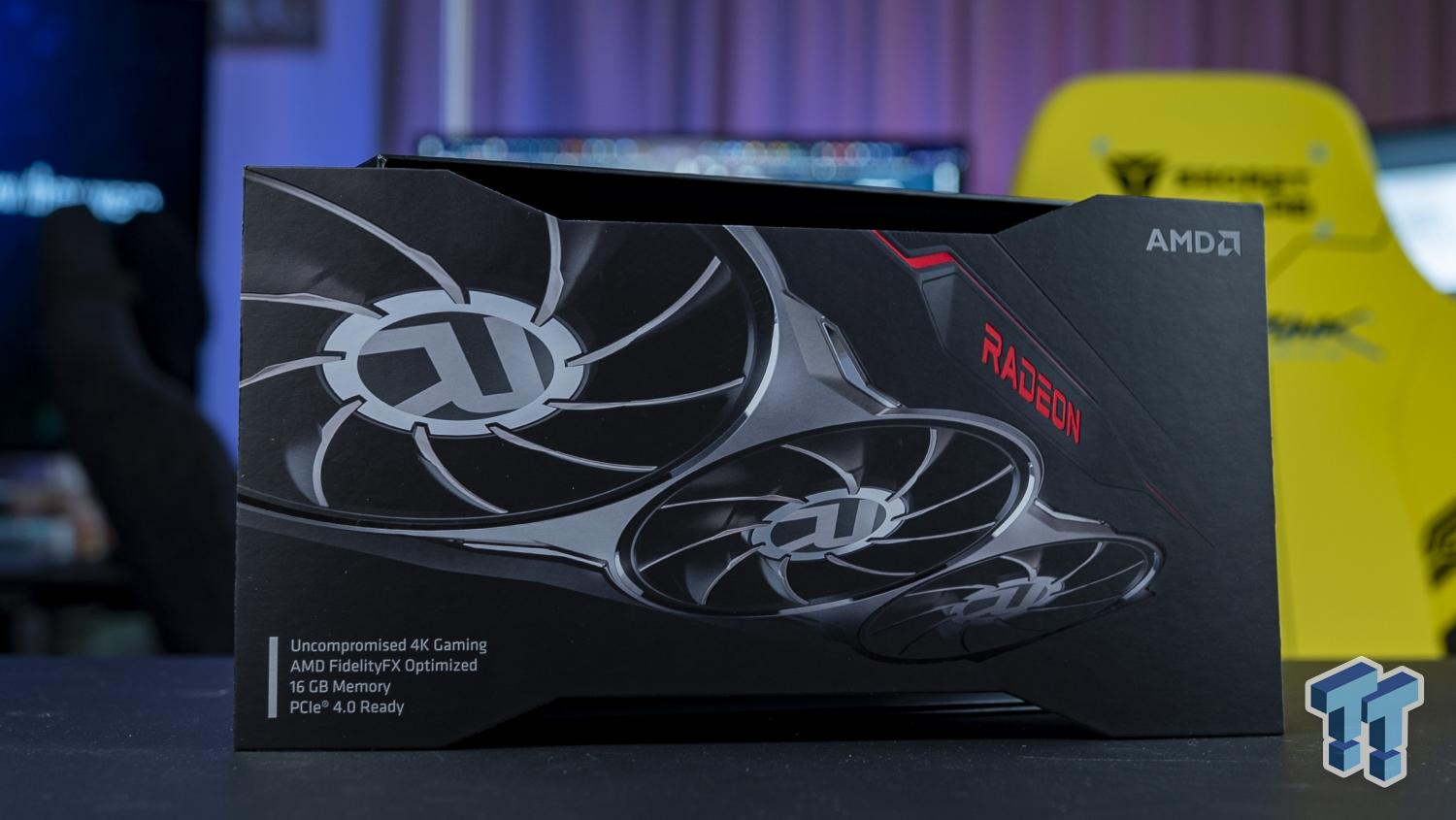
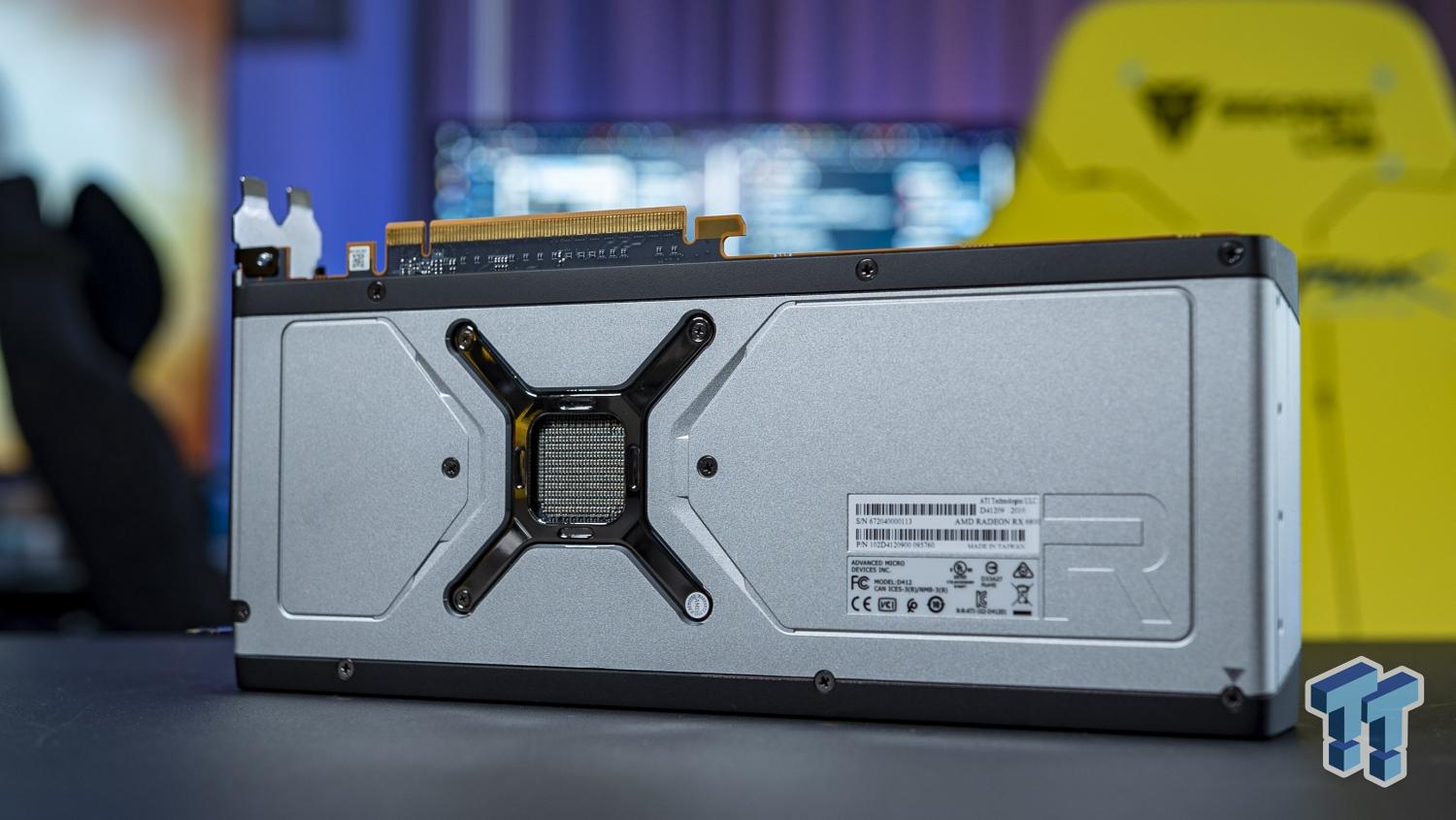
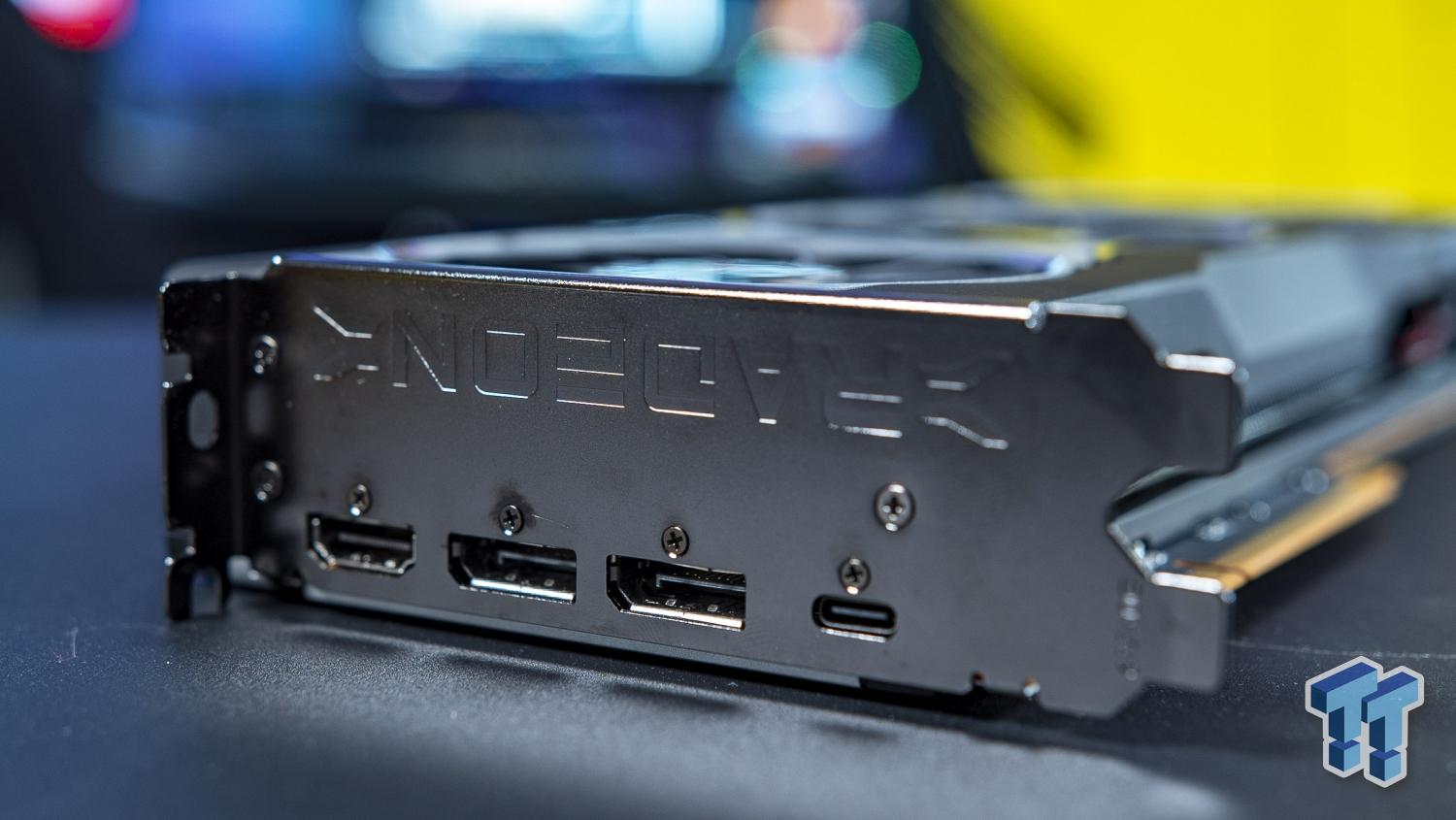
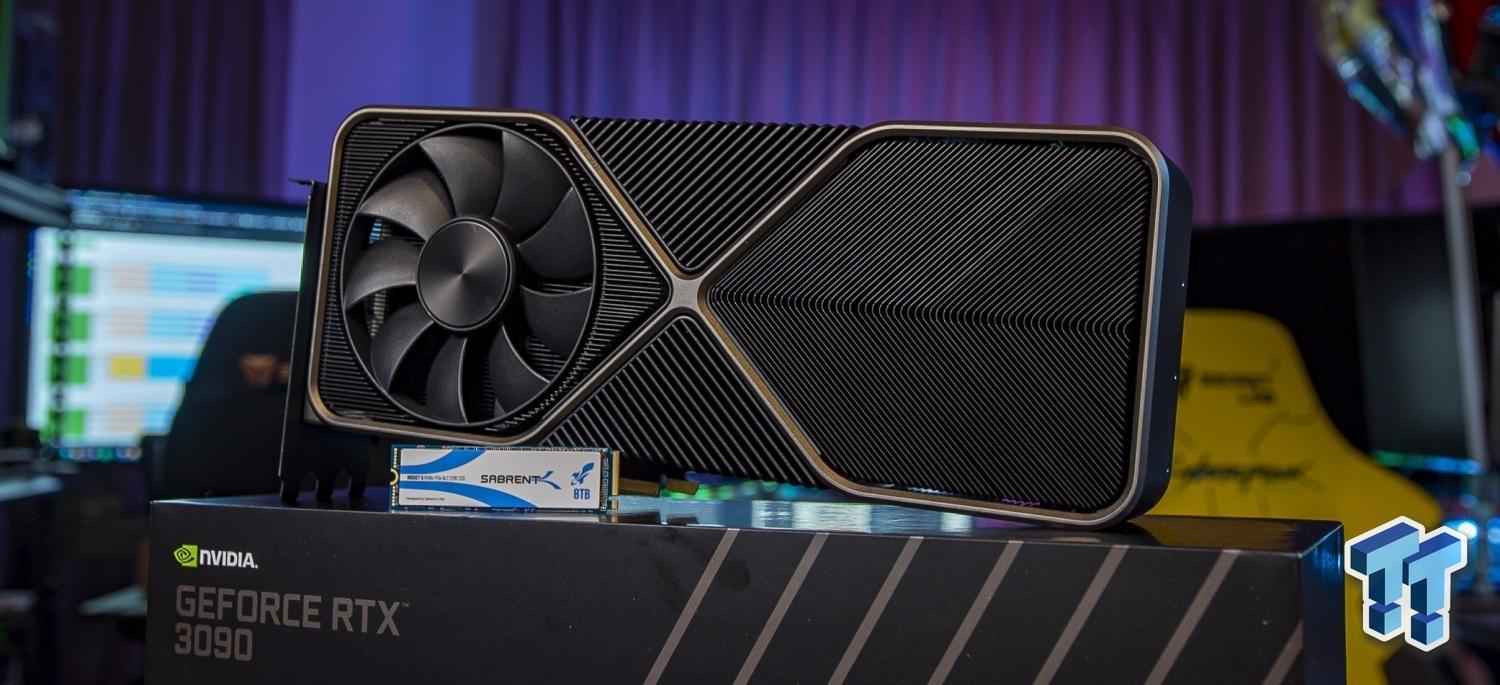
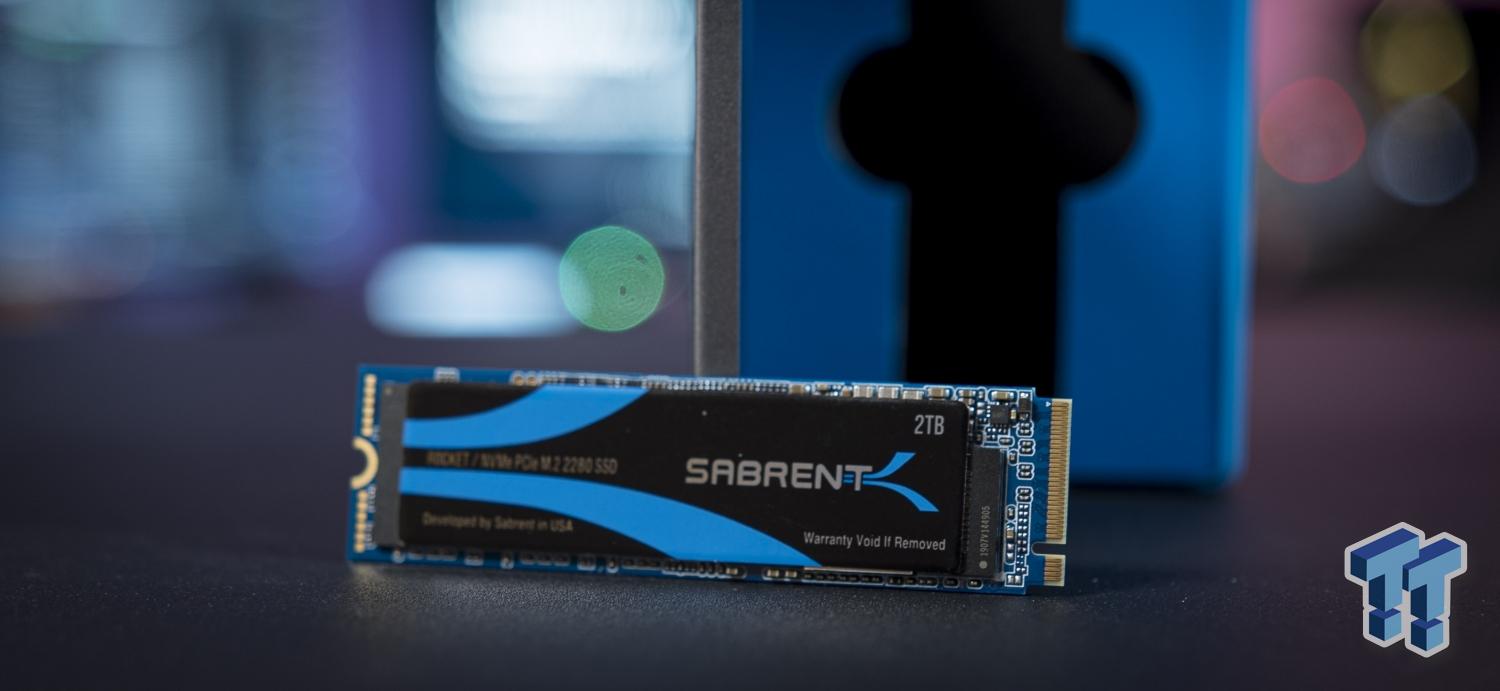
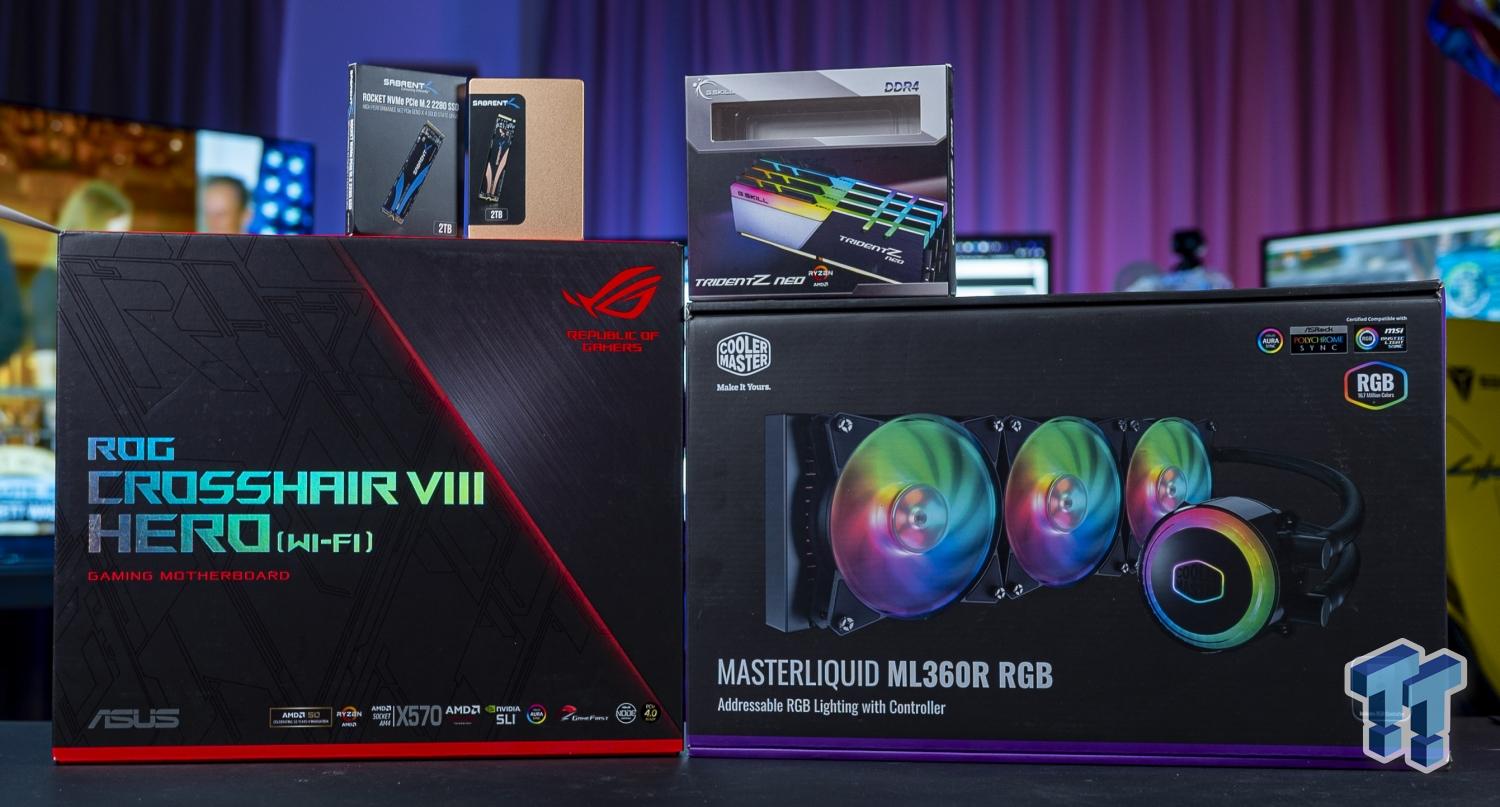
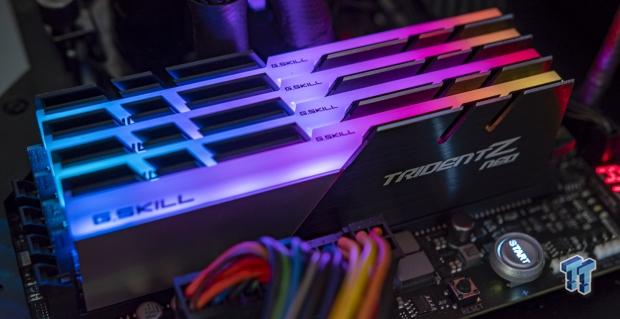
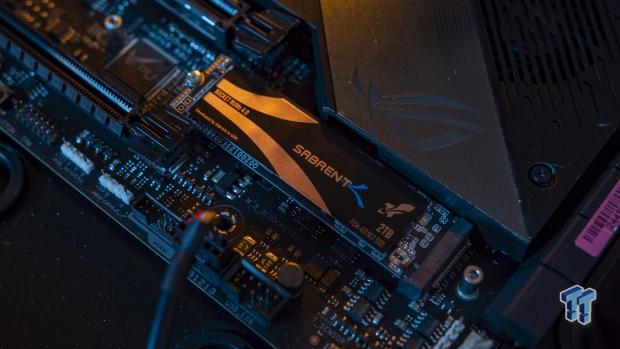

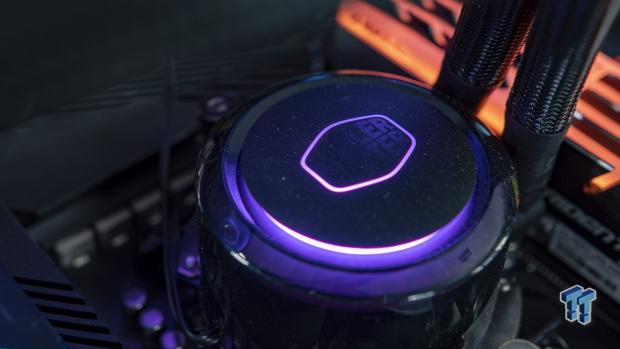
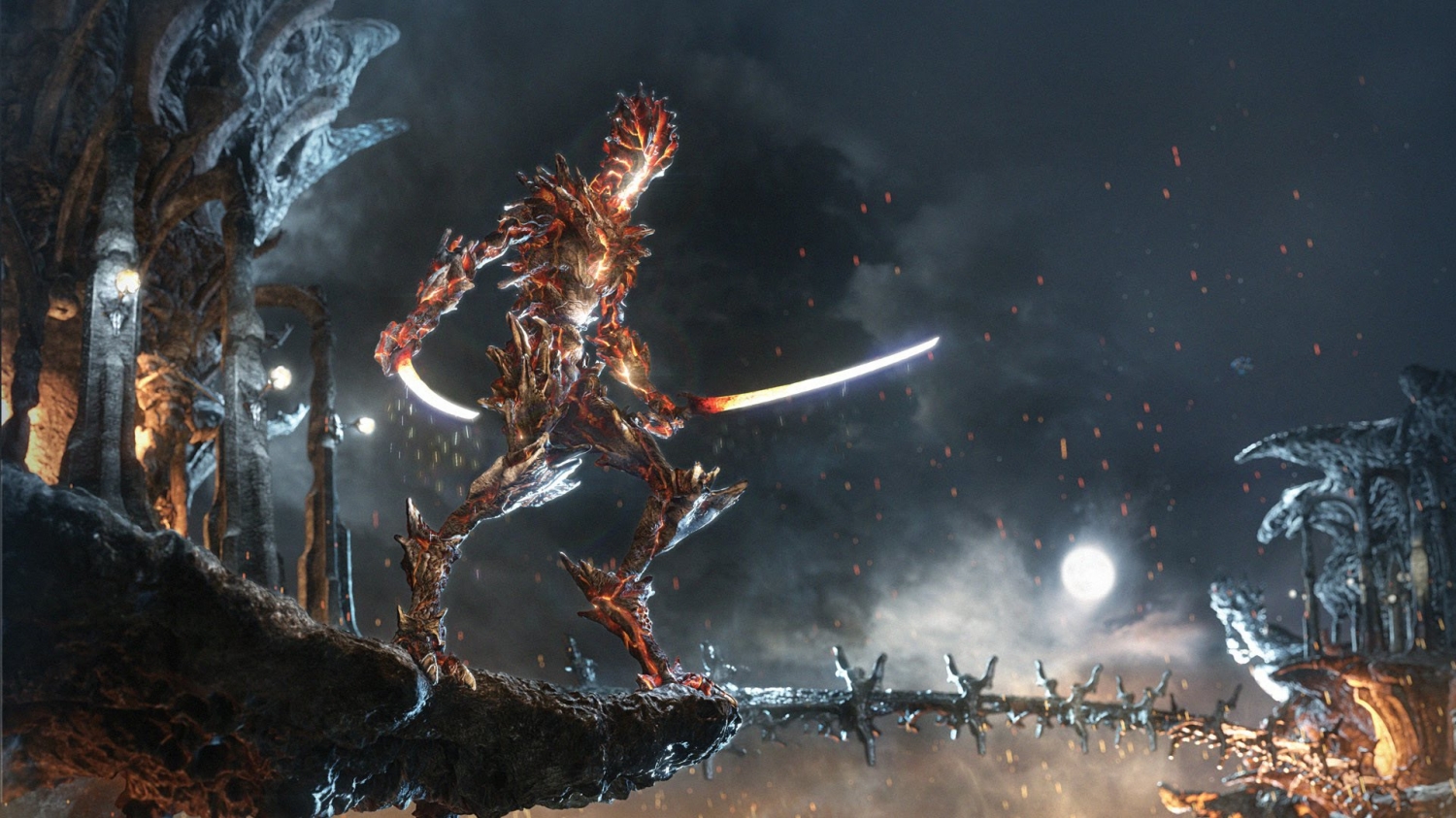
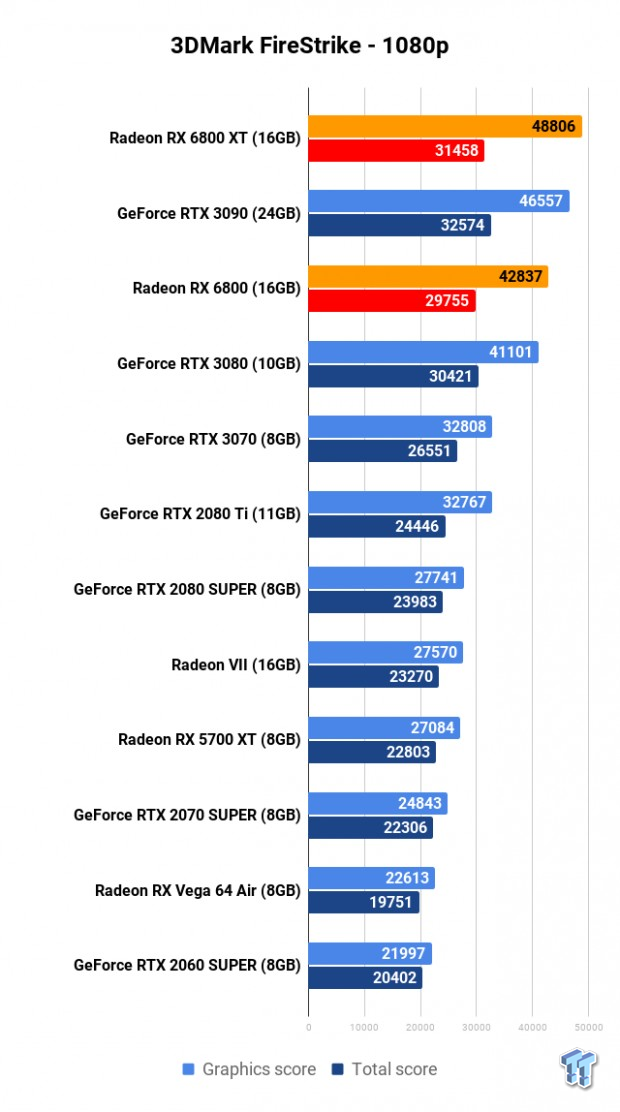
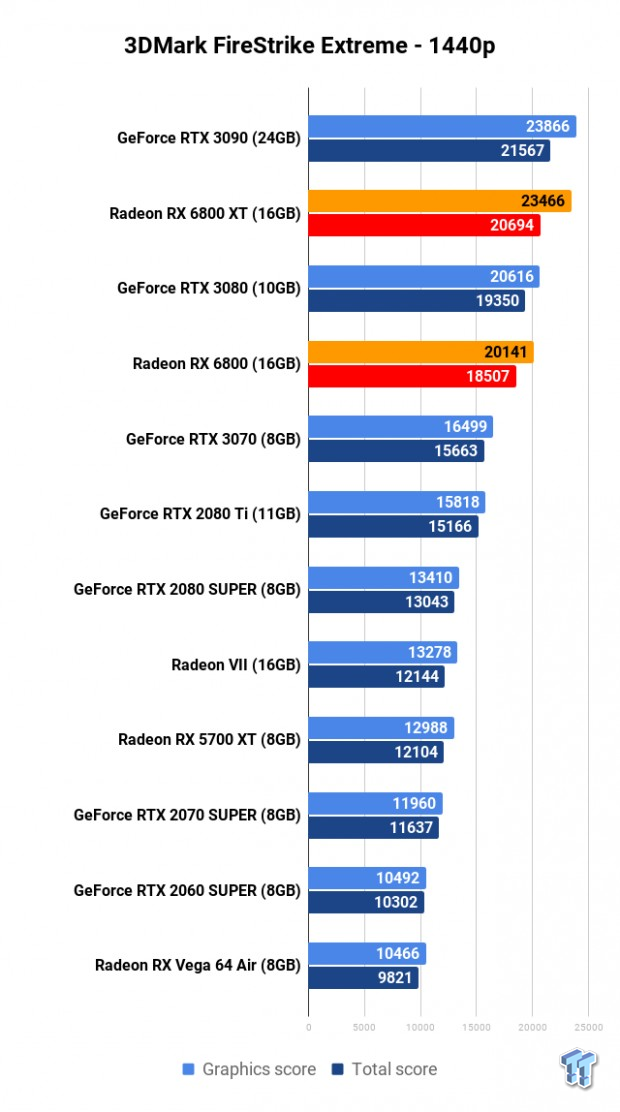

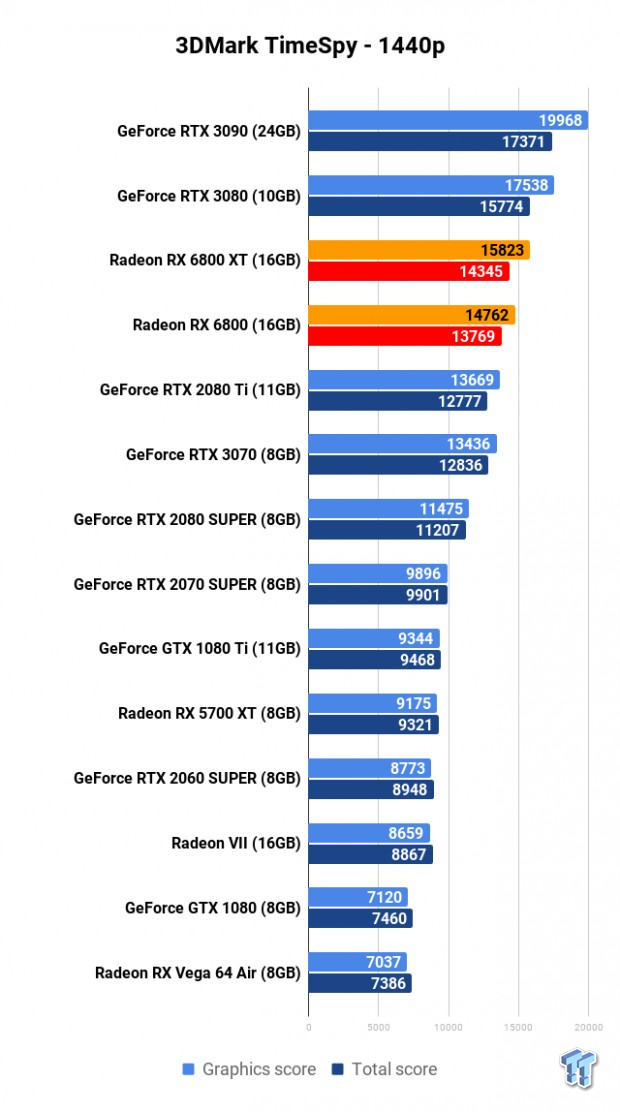
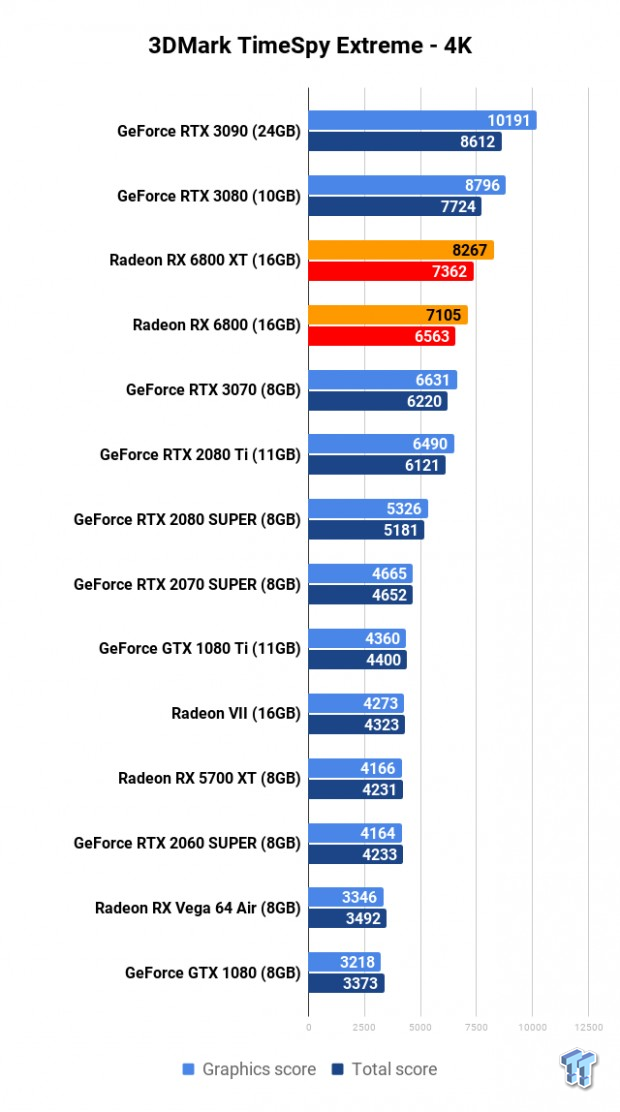
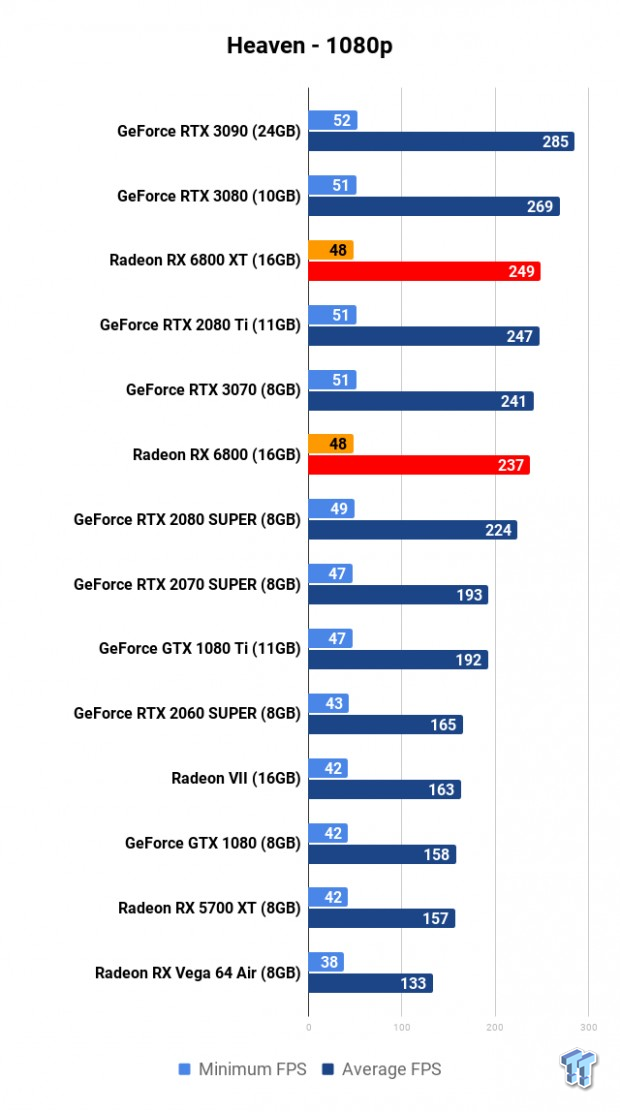
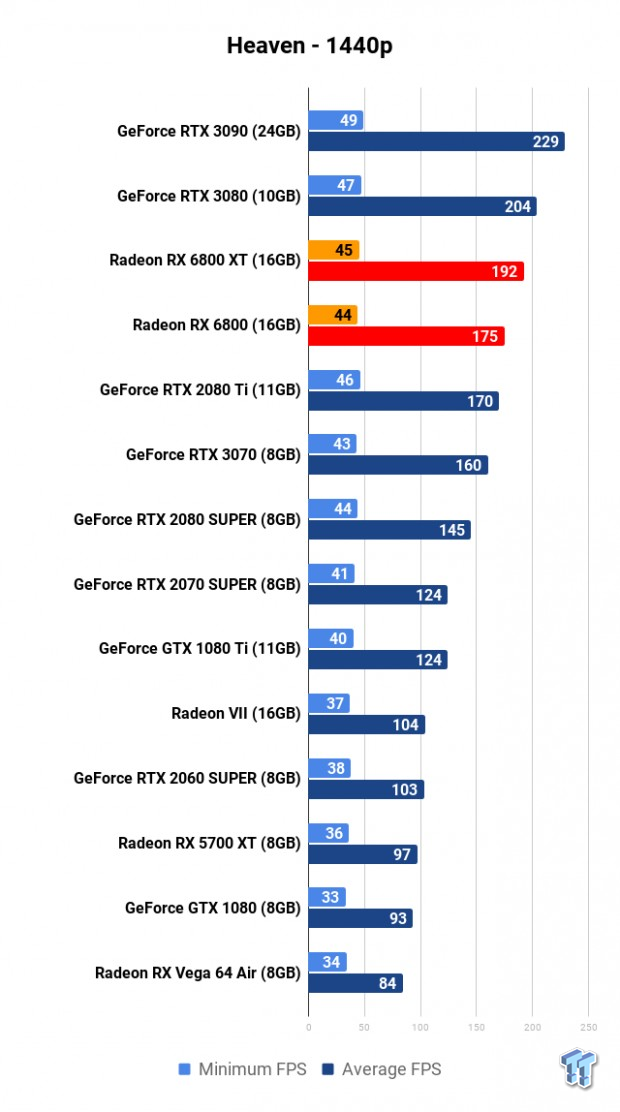
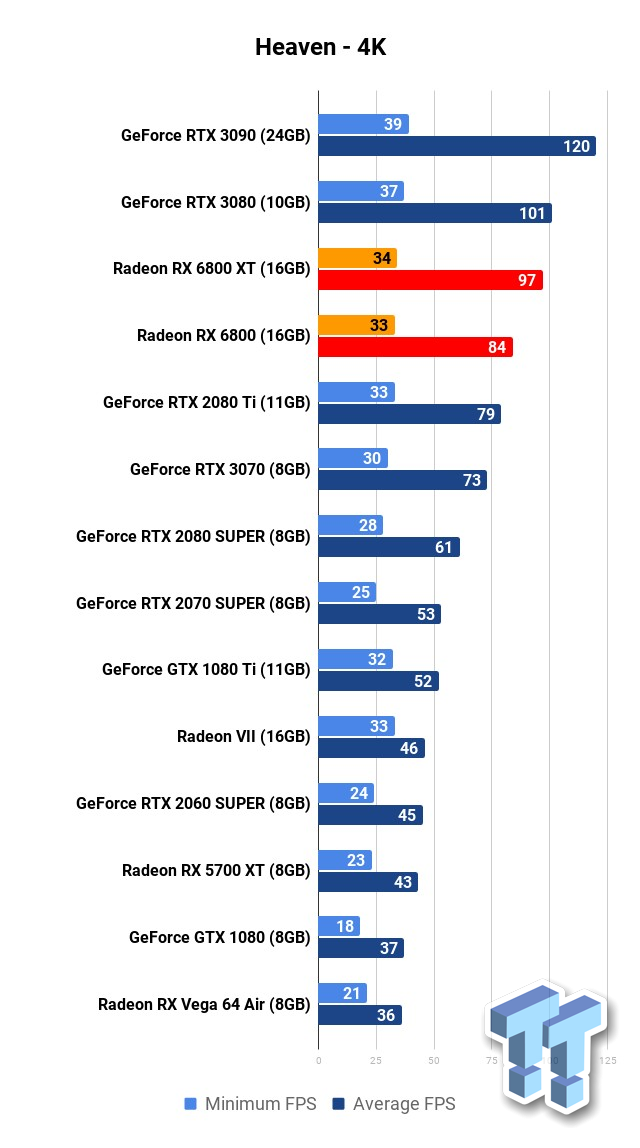
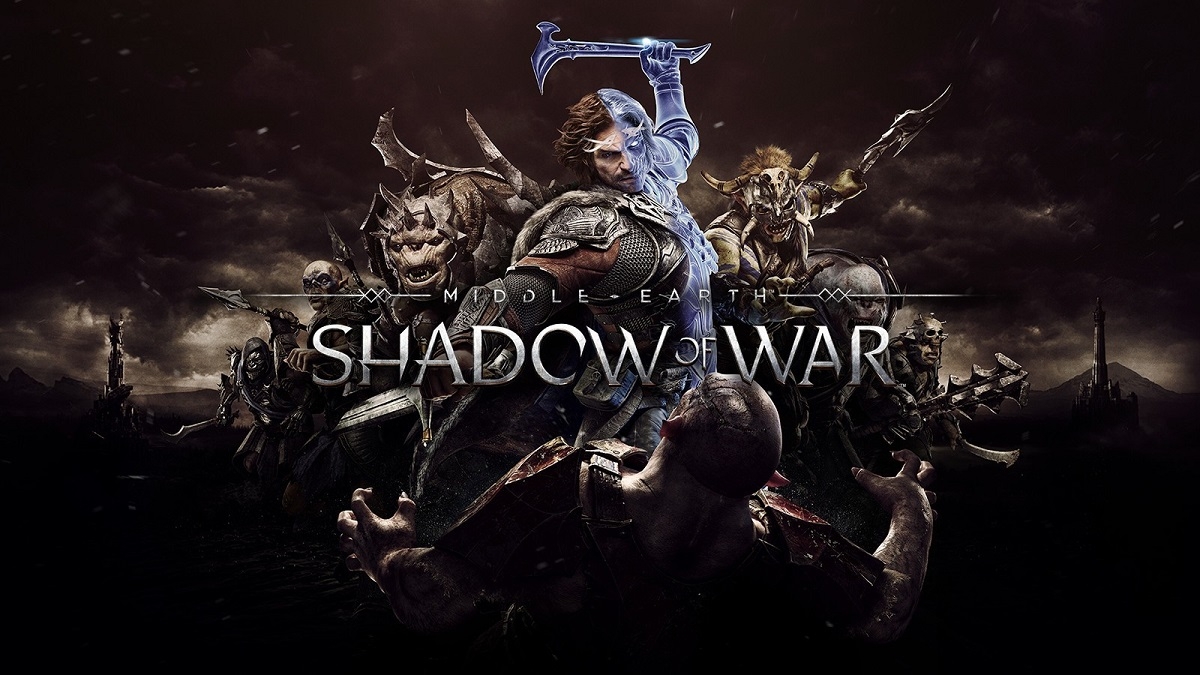
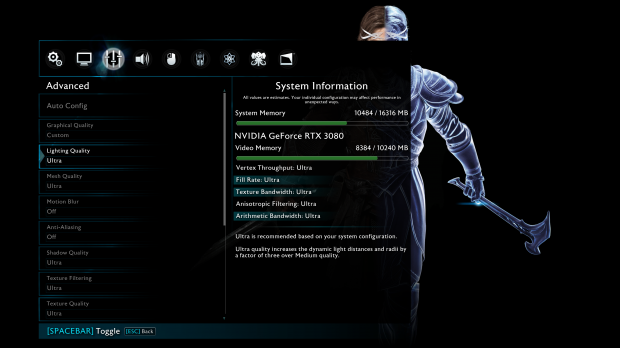
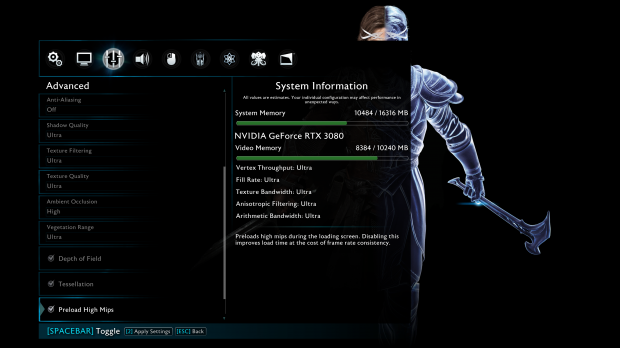
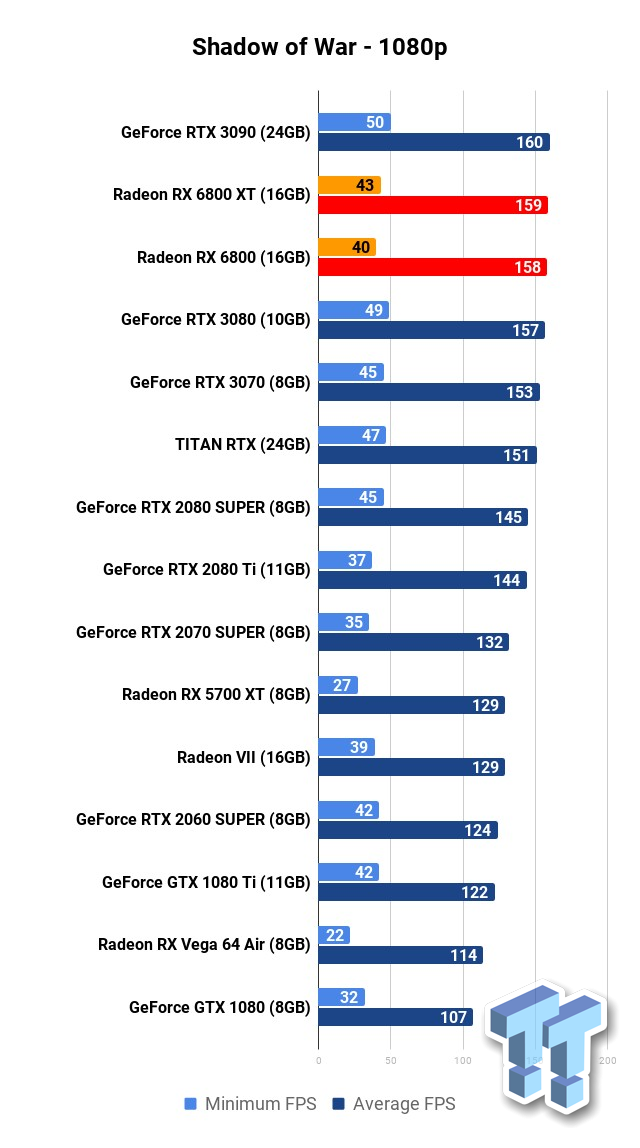
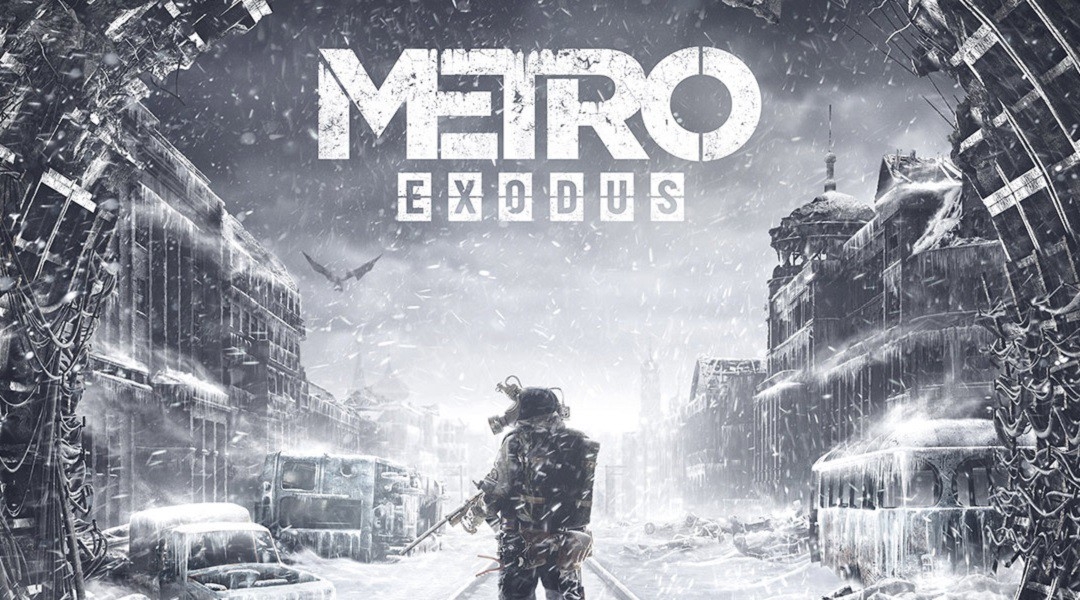
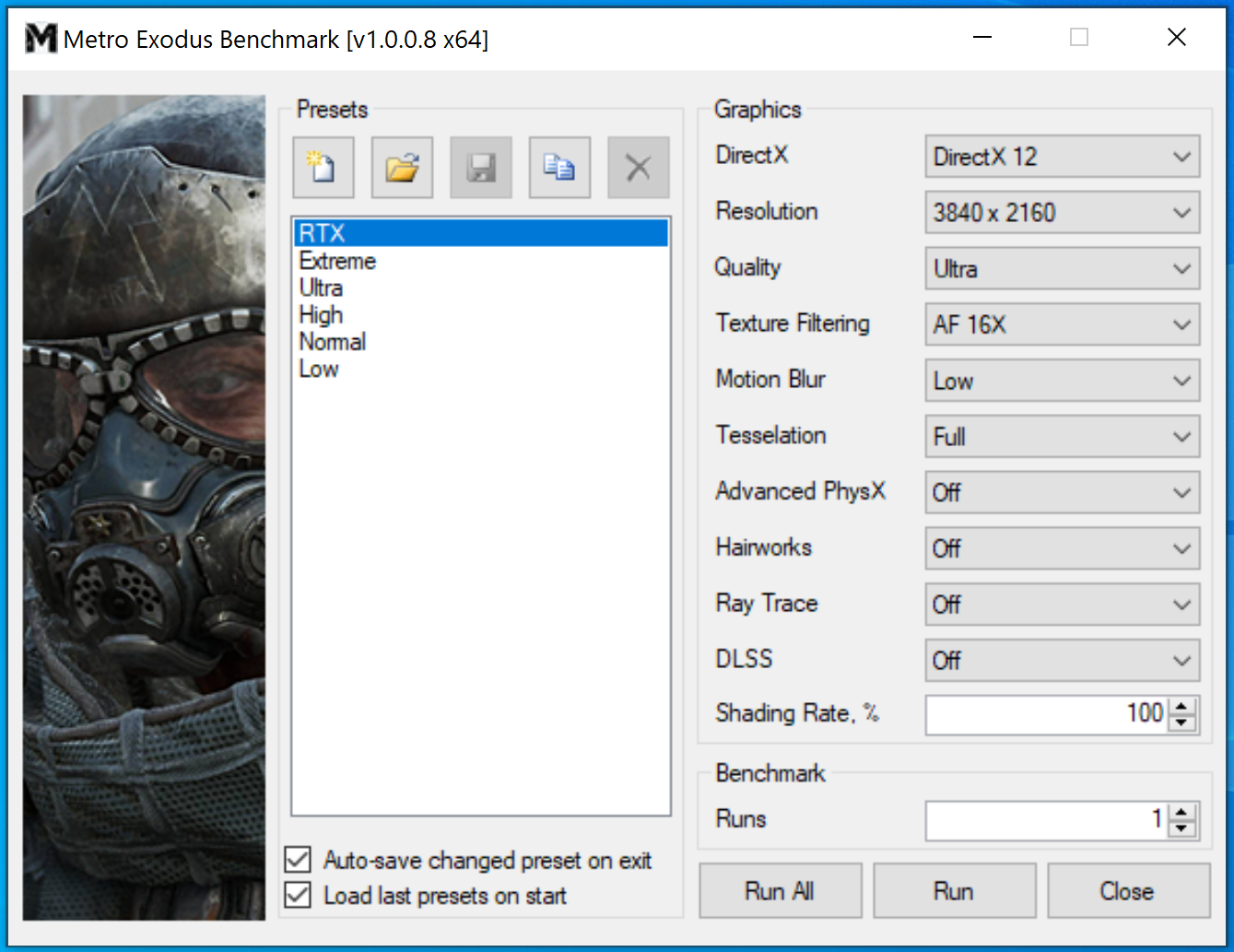
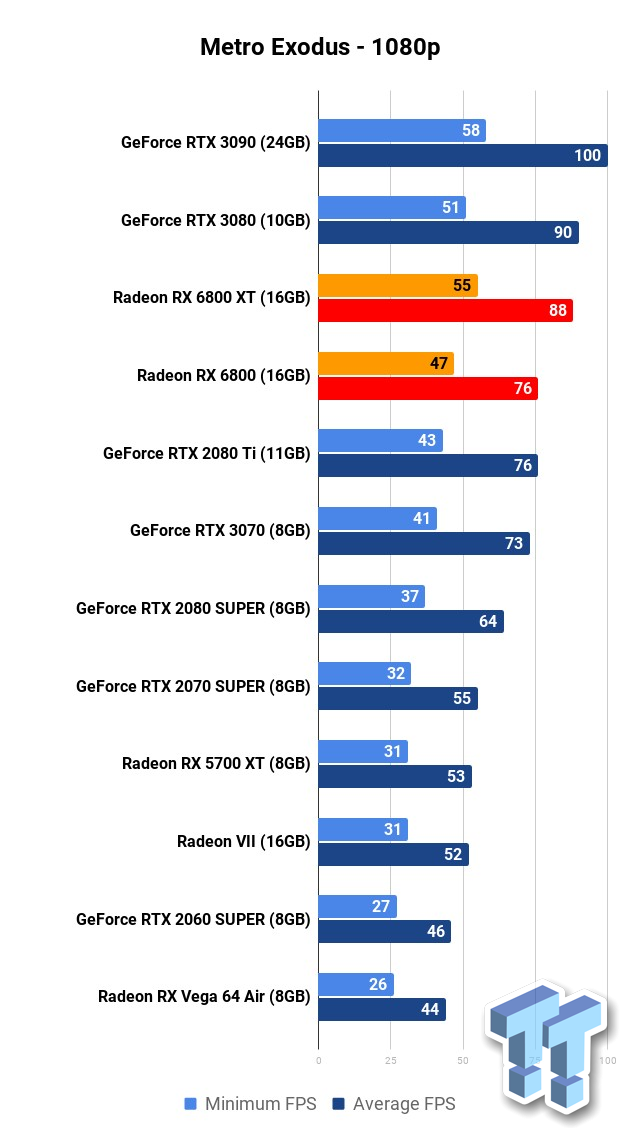

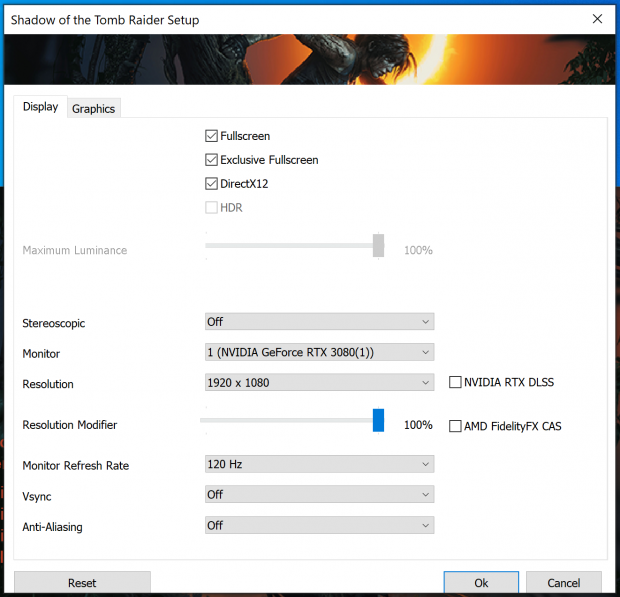

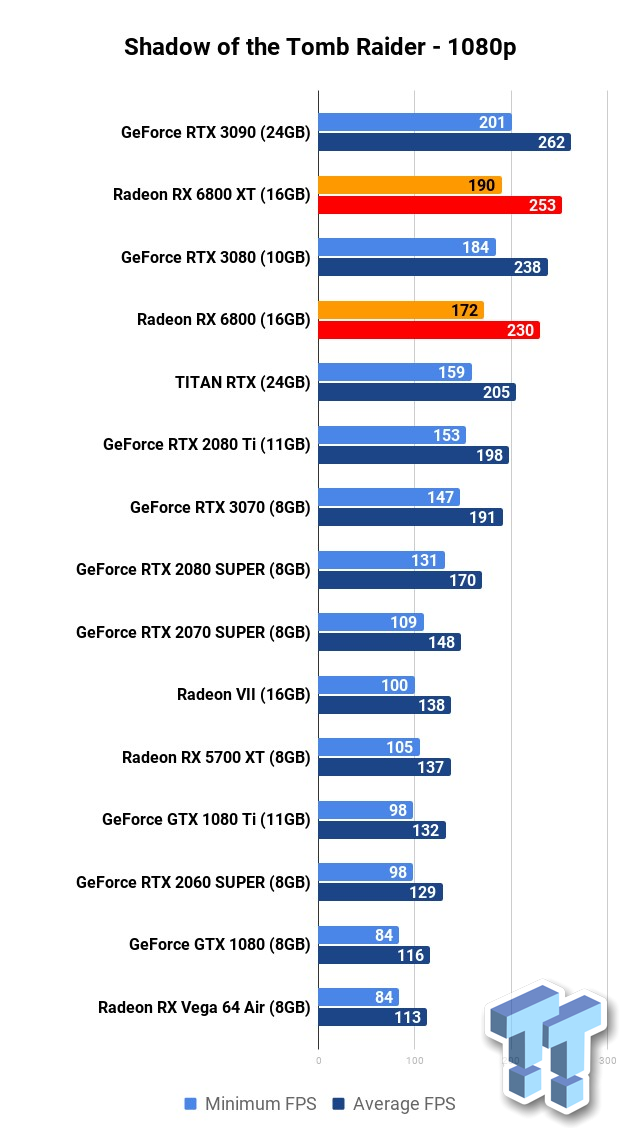
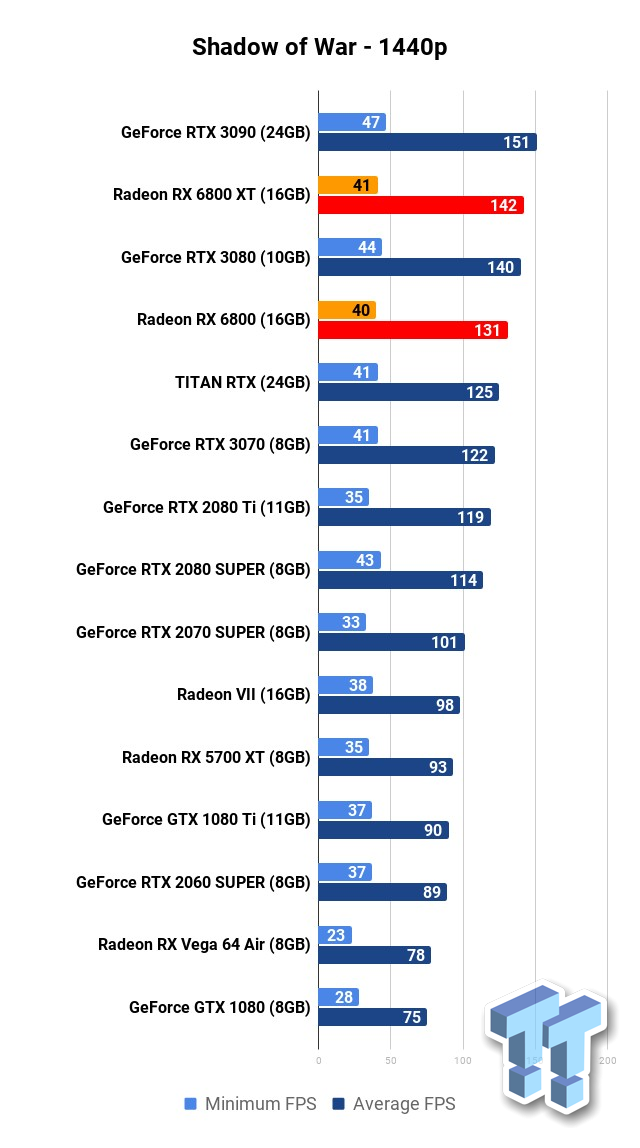
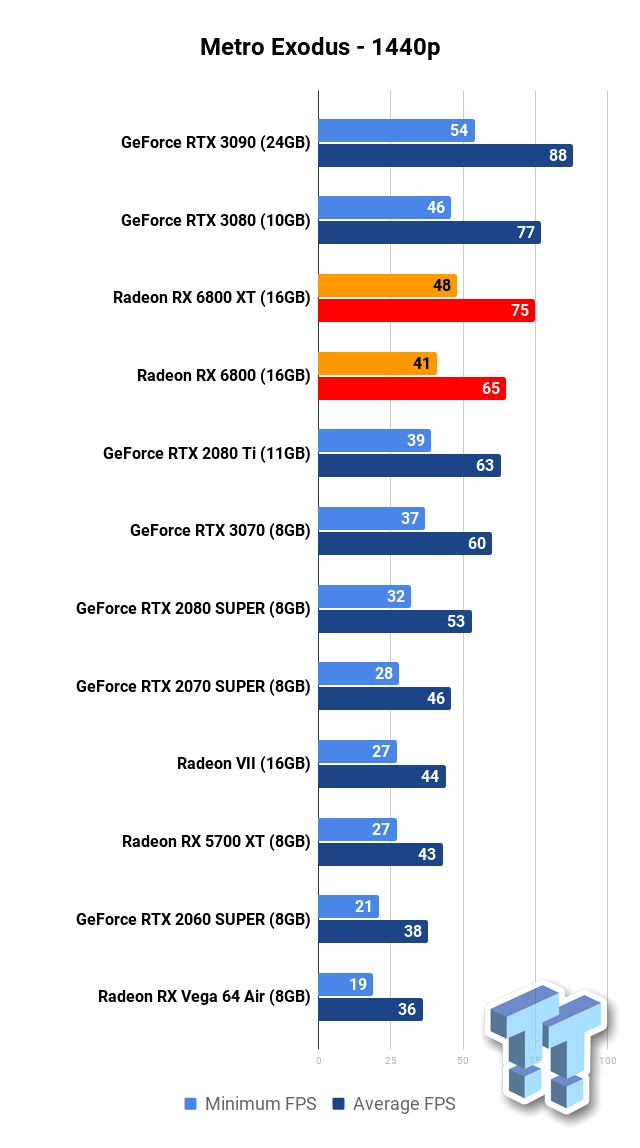
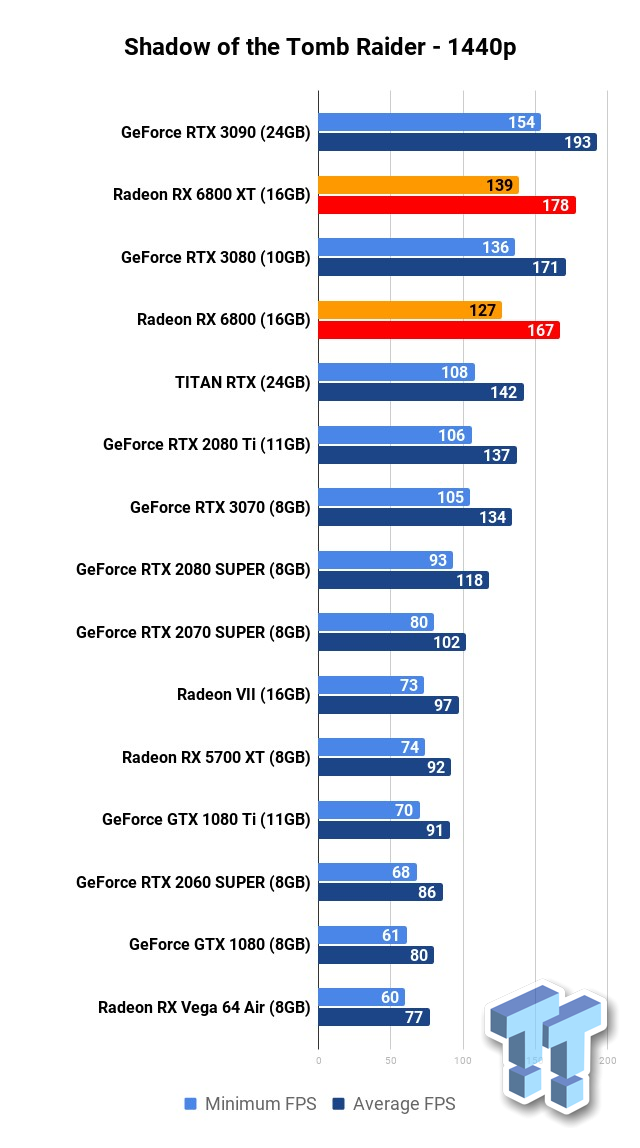
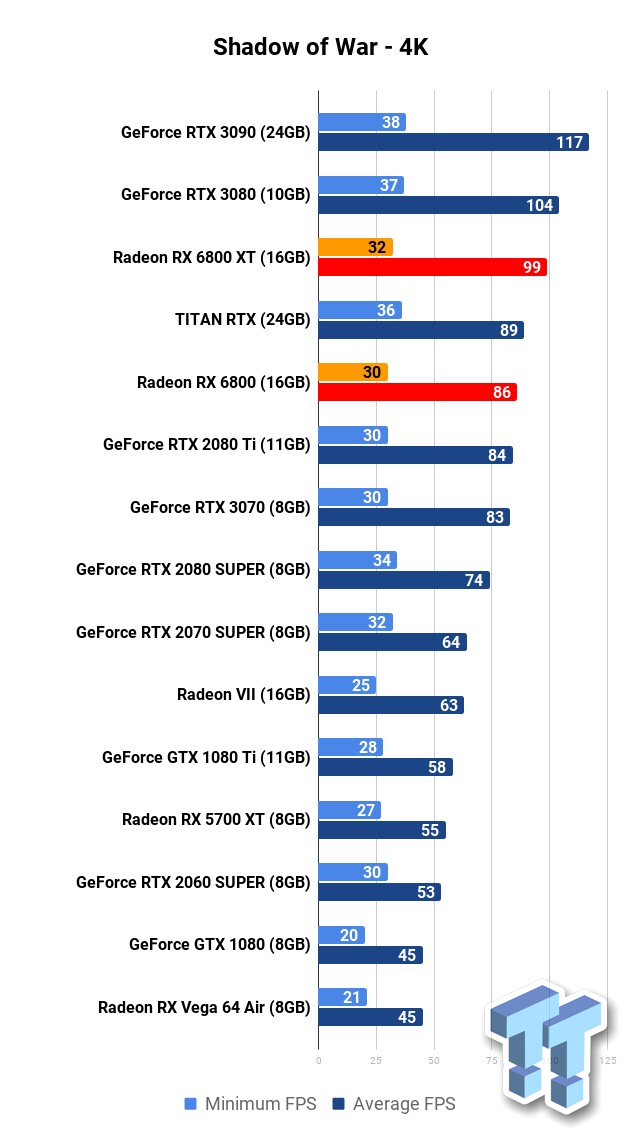

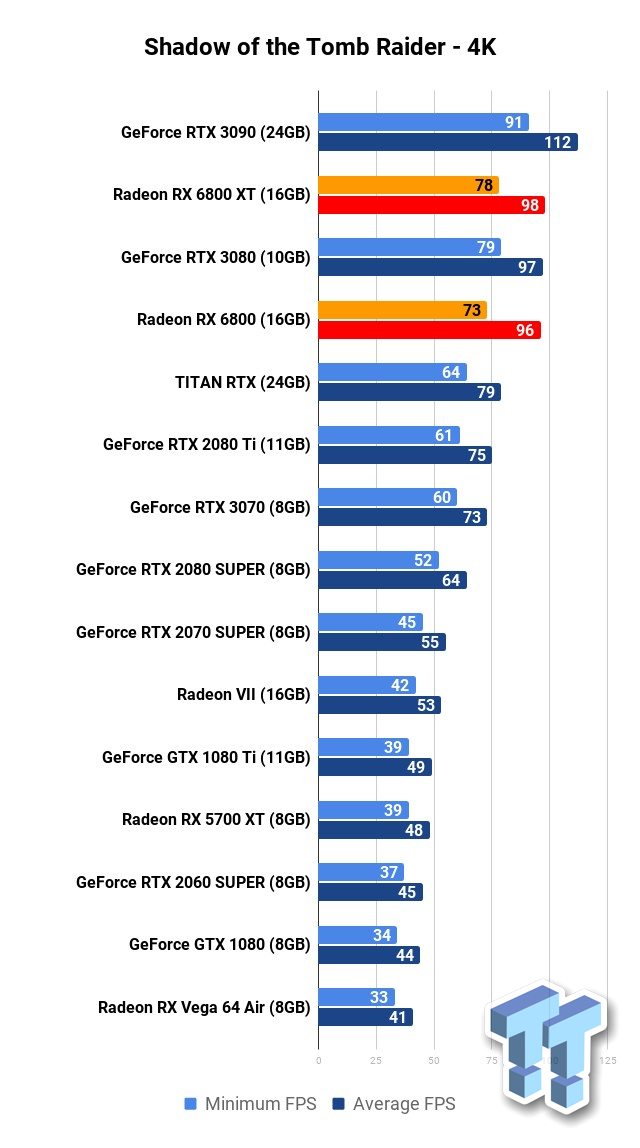
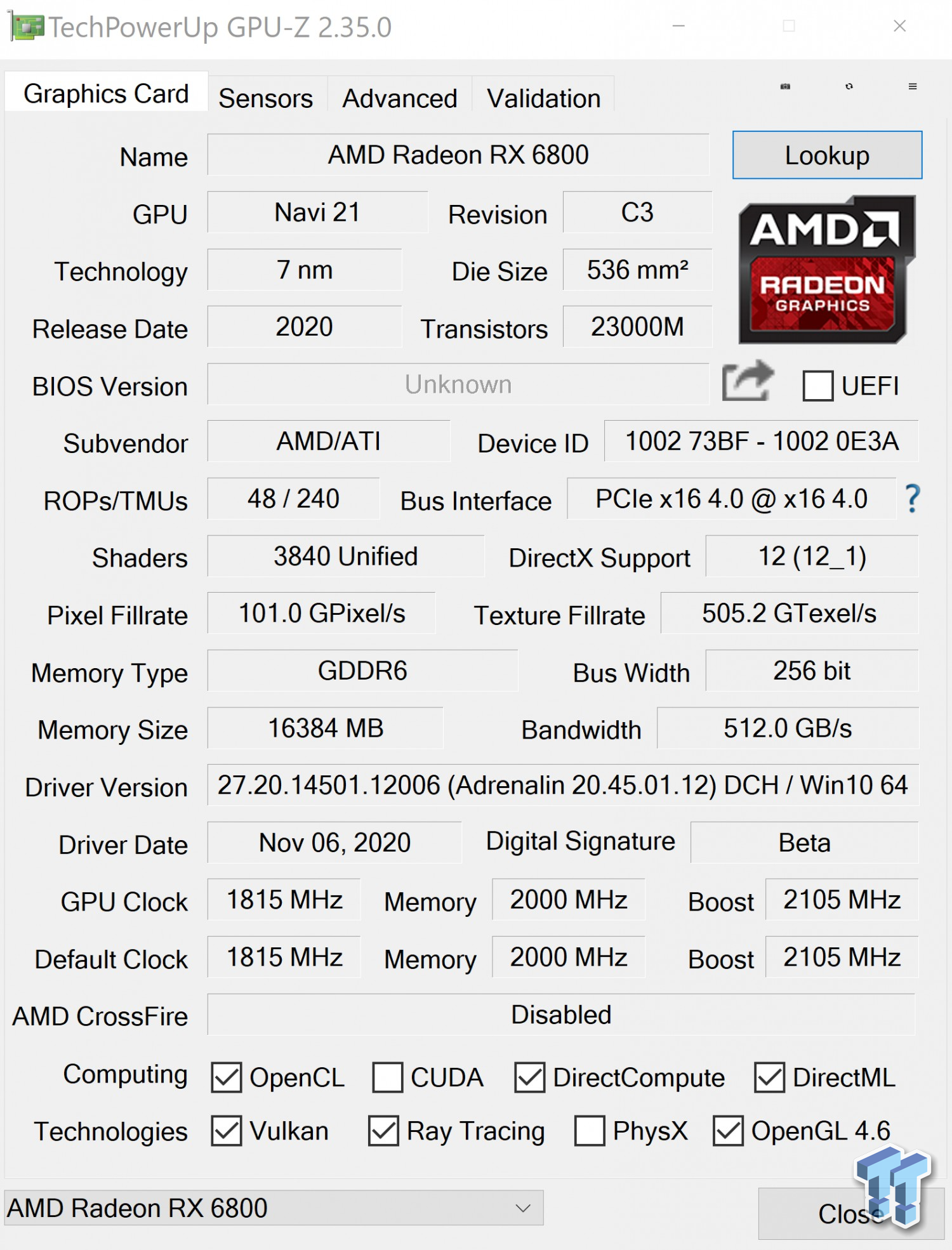
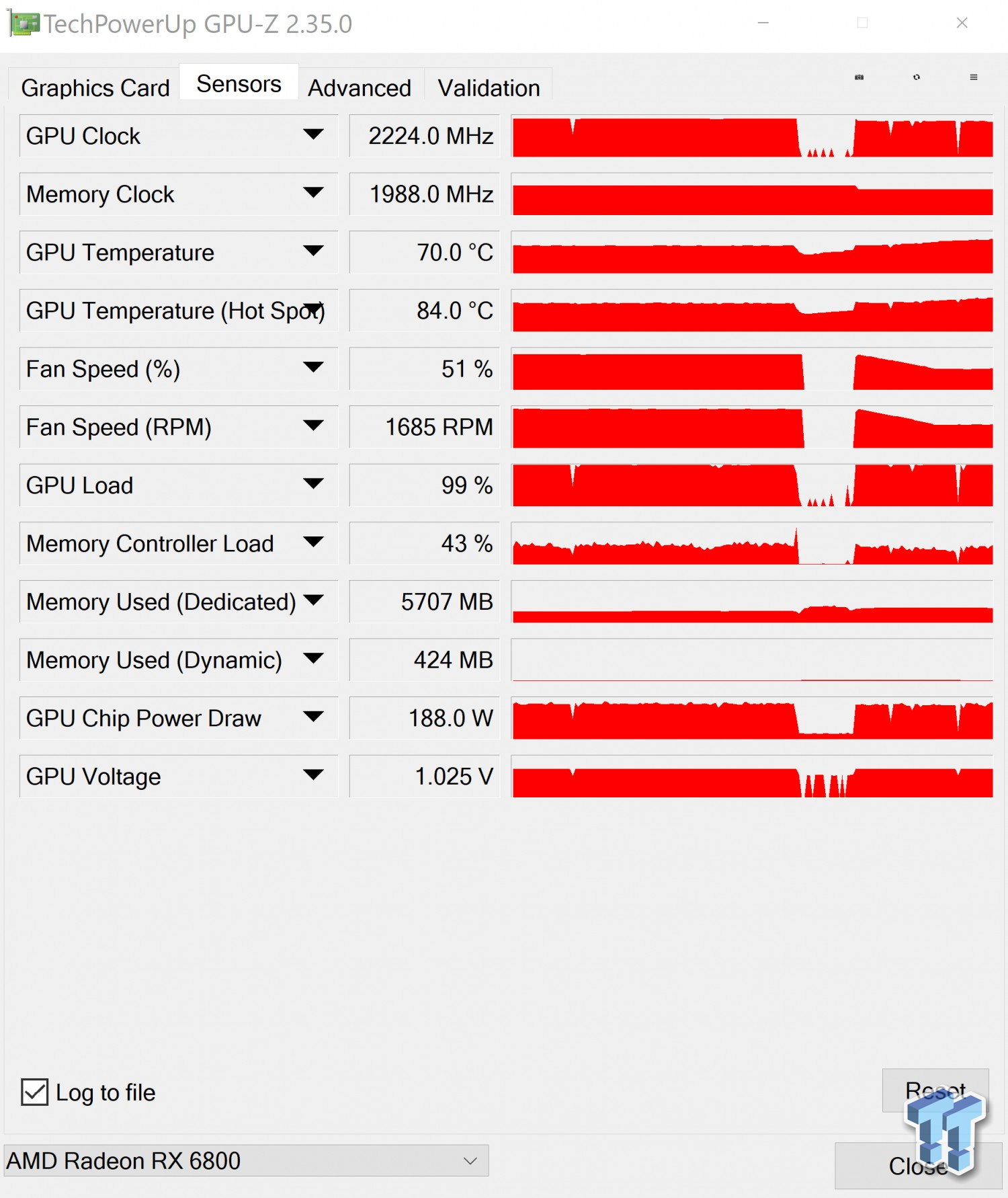
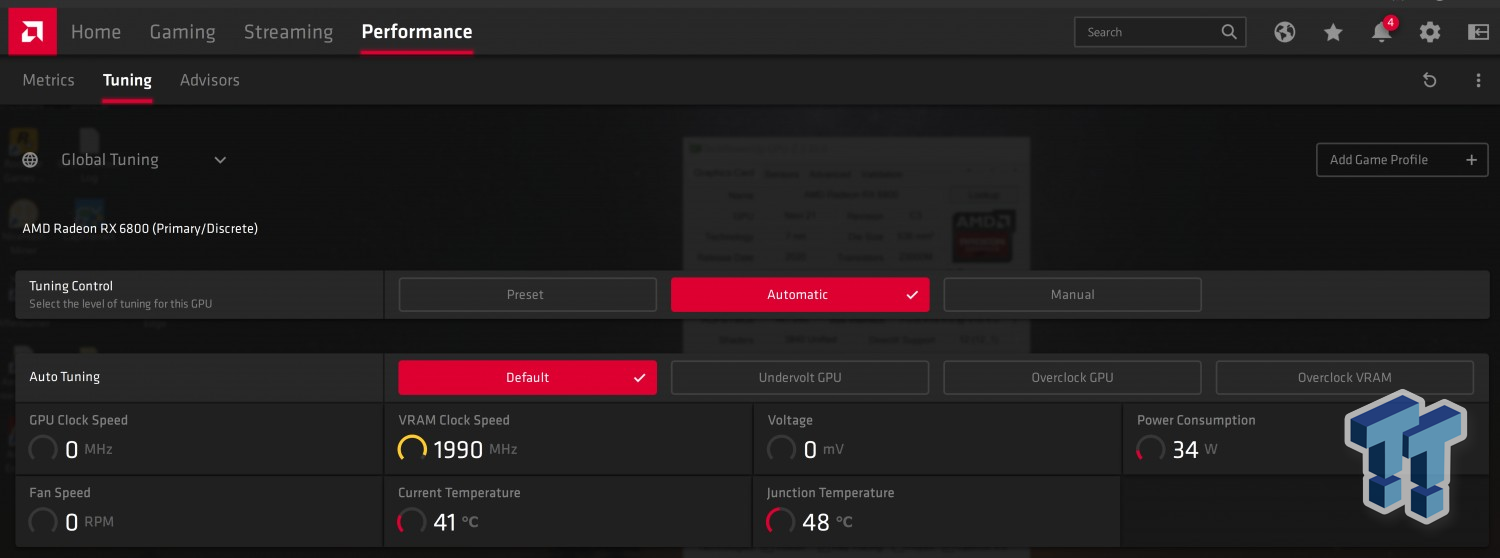
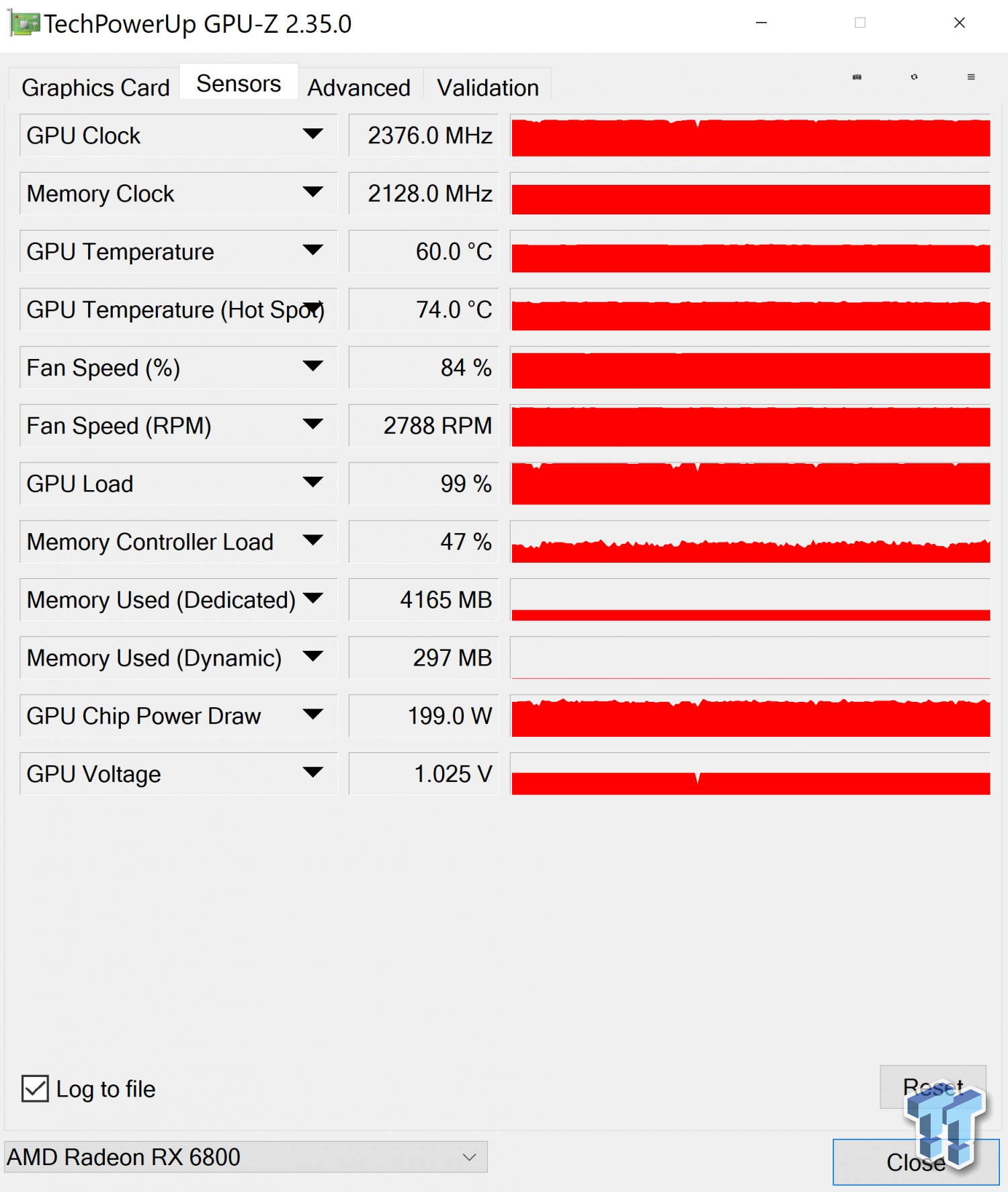
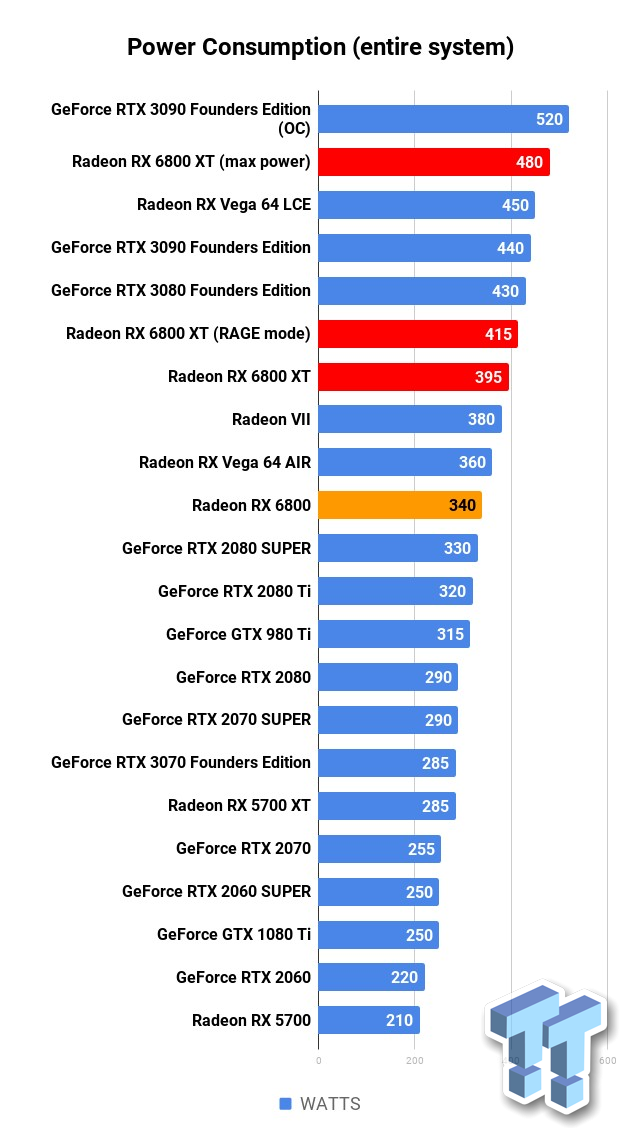
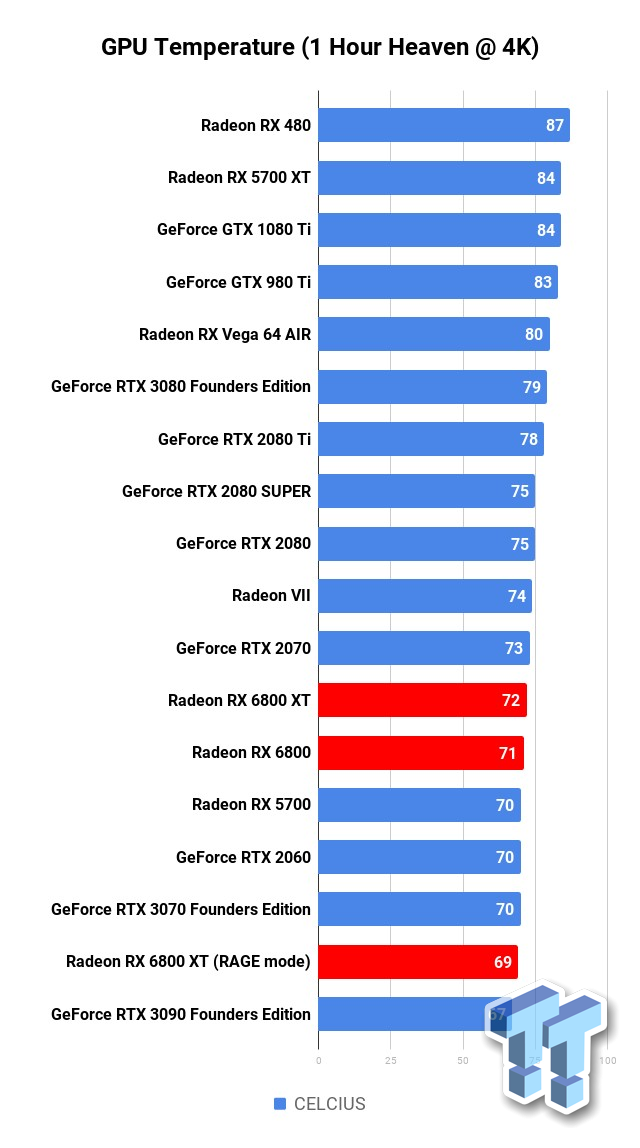
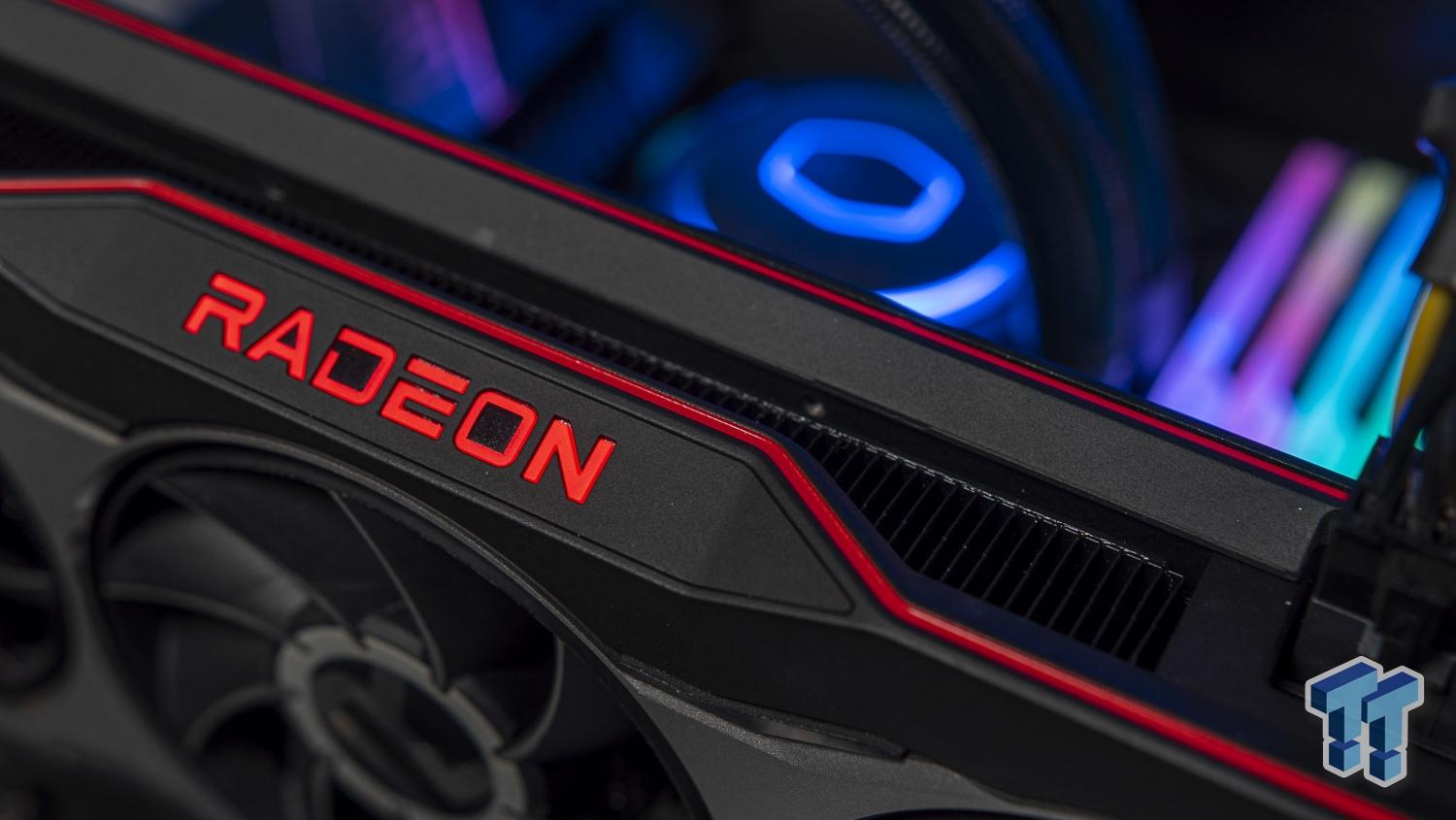
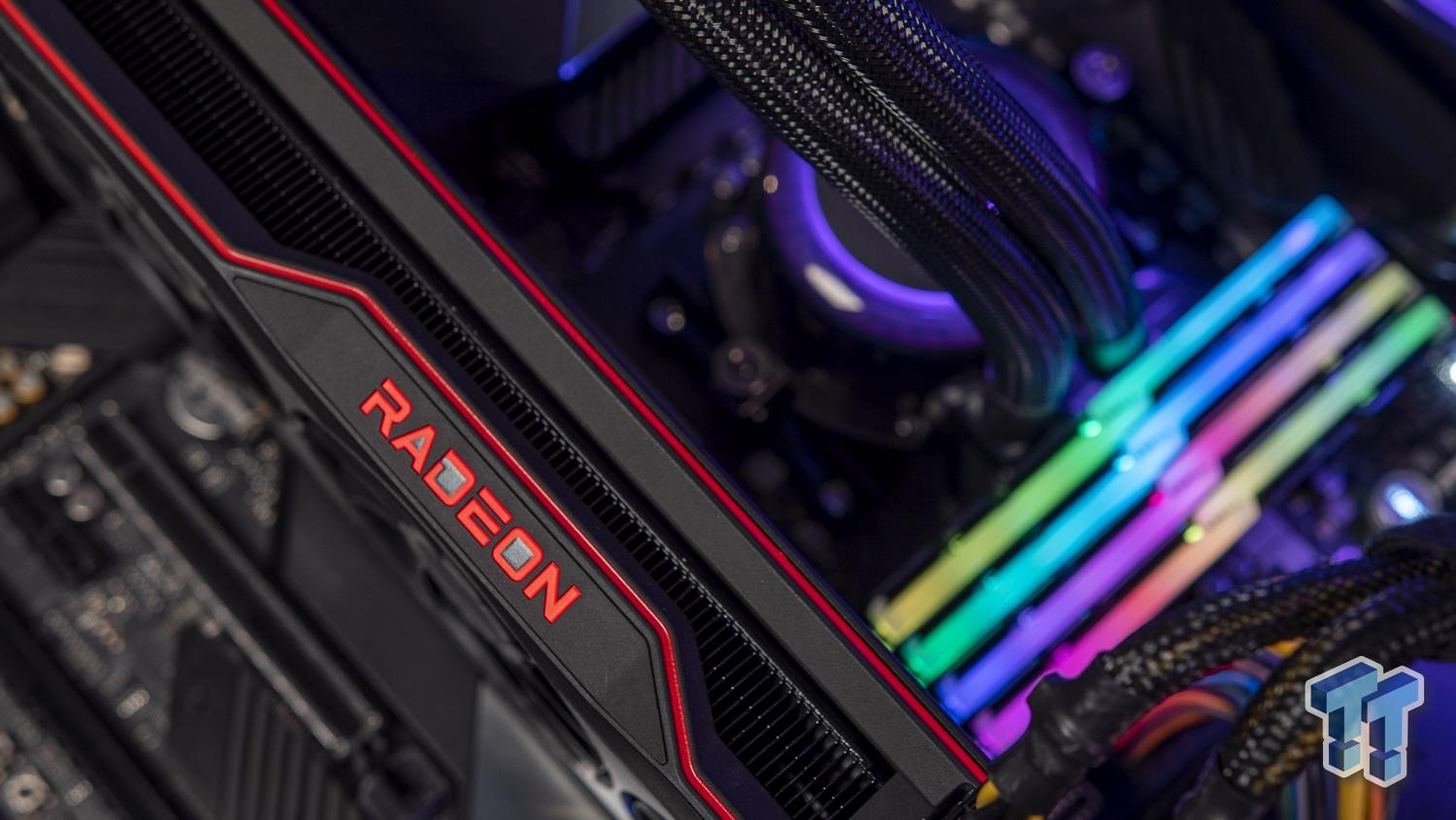
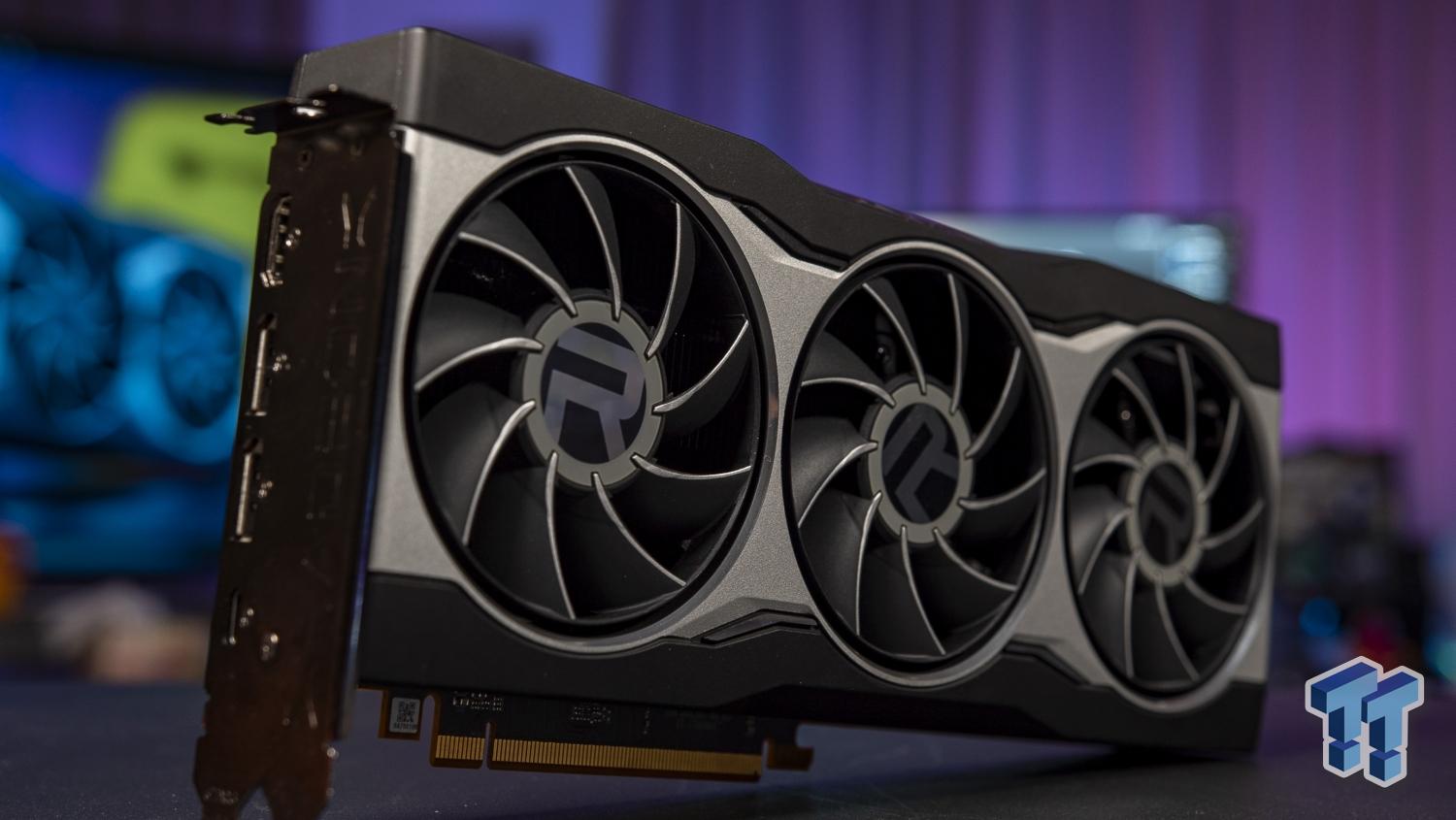

No comments:
Post a Comment